- Top 11 carbon accounting software solutions in 2025 reviewed for businesses looking to reduce their carbon footprint
- Compare features, pricing, and key differentiators of each software
- Learn how Arbor stands out as the #1 carbon accounting platform for accurate reporting
- Software solutions offer automated carbon data tracking, compliance support, and integration options
- Helps businesses make informed decisions about carbon management for sustainability goals
Top 11 Carbon Accounting Software & Tools: 2025 Edition
Looking to reduce your carbon footprint?
You're not alone. Stakeholders, like investors, customers, and regulators are pushing businesses for genuine sustainability.
But where do you start?
The first step is accurate carbon accounting, and that means choosing the right software.
I'm Mike from Arbor, and I've compiled the 11 best carbon accounting software solutions for 2025, focusing on platforms that are built for quality, accurate carbon accounting.
Get ready to ditch the spreadsheets and find the best software or tool for your business
1. Arbor
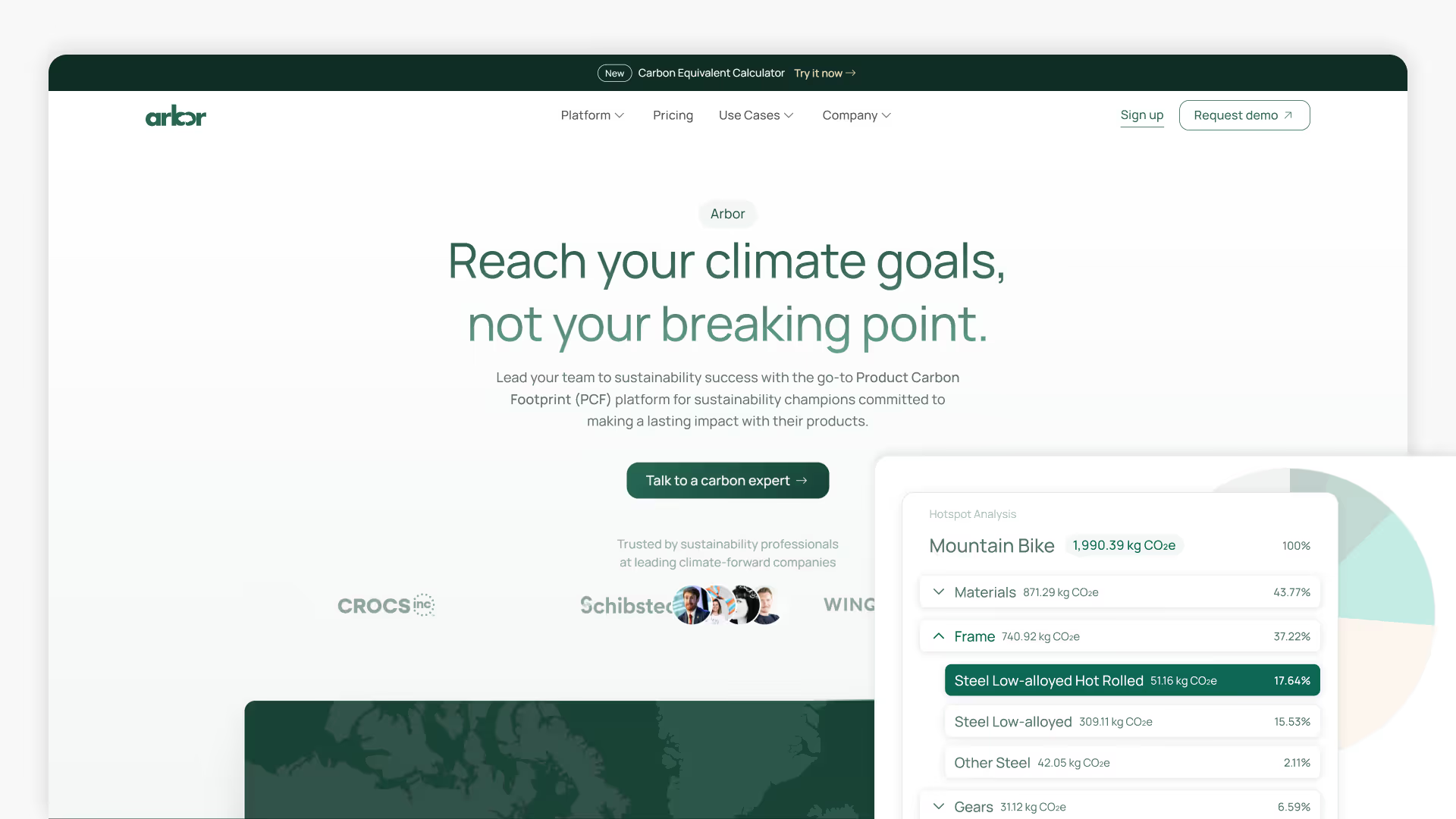
Arbor is an automated carbon accounting platform that simplifies emissions management with a focus on accuracy and efficiency, particularly for Product Carbon Footprint (PCF).
Key features
Automate Product Carbon Footprints (PCF)
Arbor’s platform specializes in automated, ISO 14067-compliant PCFs, allowing you to calculate the lifecycle emissions of their products in as little as 10 minutes.
Full-scope Measurement
Arbor’s platform is for Scope 1, 2, and 3 emissions measurement, enabling companies to measure their entire carbon footprint.
Hotspot Analysis
Identify major emission sources, by lifecycle stage or by material within your product.
Prototyping
Model lower-carbon scenarios for materials, transport routes and overall product design to strategically reduce emissions.
Regulation-ready Reporting
The platform is GRI-Certified and supports calculations compliant with major frameworks like the GHG Protocol and PEFCR, ensuring data is audit-ready and meets regulatory requirements.
Easy to use
Arbor emphasizes a user-friendly experience, using an automated, bottom-up approach that contrasts with slower, manual consultant-driven methods. It utilizes regional-specific data points for higher accuracy compared to global averages.
Clients & industries
Arbor serves a wide range of industries with physical assets and products, including notable clients like Crocs, Scott Sports, and Canada Goose in apparel, construction, and electronics.
Location
Calgary, Alberta, Canada
{{cta}}
Request a demo to see how Arbor can help measure your company's emissions
or see an overview of Arbor's platform
2. Watershed
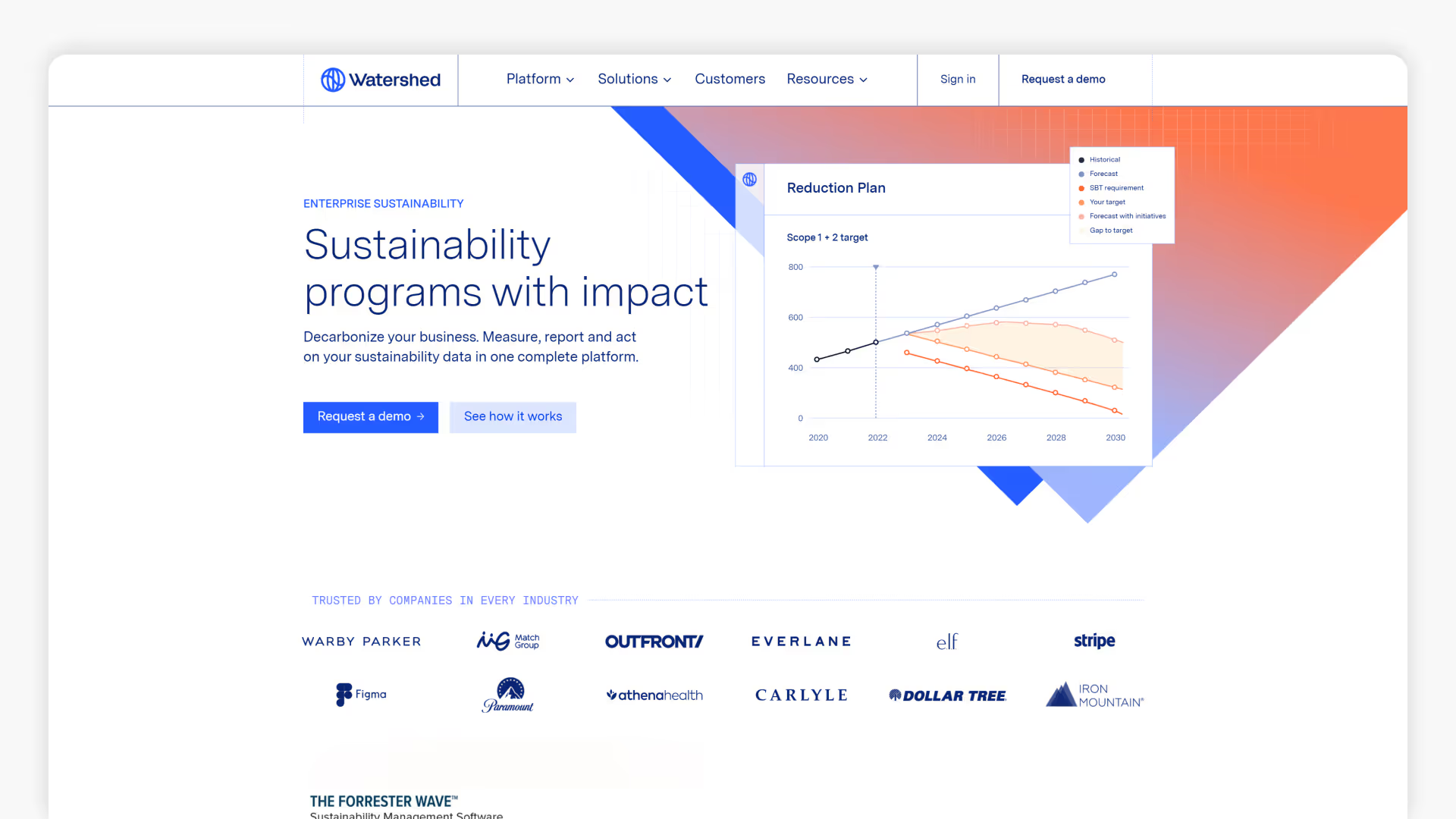
Watershed is an end-to-end enterprise sustainability platform designed for large, global companies seeking audit-grade data to measure, report, and drive real decarbonization.
Key features
- Comprehensive Measurement Engine: Watershed provides full Scope 1, 2, and 3 carbon accounting, extending to detailed lifecycle analysis (LCA) capabilities. The platform's foundation is a proprietary carbon data engine that utilizes granular, science-based emissions factors, significantly enhanced by the acquisition of VitalMetrics and its CEDA database.
- Automated Data Ingestion: To minimize the burden of manual data collection, the platform features over 60 pre-built integrations with common enterprise systems (ERPs, cloud providers, travel management tools).
- Audit-Ready Reporting and Disclosures: Watershed has built-in, dedicated toolsets for preparing and filing disclosures that meet global regulatory standards, including CSRD, SEC climate rules, CDP, and ISSB. The platform maintains a clear, traceable audit trail for every calculation.
- Actionable Decarbonization Tools: Moving beyond measurement, Watershed offers robust functionality for action. This includes tools for setting science-based targets, modeling the impact of reduction initiatives, and a marketplace for procuring clean power and carbon removal projects.
- Integrated Supply Chain Engagement: The platform provides integrated tools to engage directly with suppliers, facilitating the collection of primary data to improve the accuracy of Scope 3 reporting over time.
Clients & industries
Watershed targets enterprise-level clients with global operations and complex reporting needs across technology, retail, and finance, including Roche, KKR, Etsy, and Dollar Tree.
Location
San Francisco, California, United States
Why choose Watershed?
Watershed is the premier choice for enterprises that treat sustainability as a core business function demanding financial-grade data and a clear, integrated strategy for action.
3. Persefoni
Persefoni is a leading carbon accounting and climate management platform recognized for its rigorous, GHGP- and PCAF-aligned calculation engine, particularly strong for financial institutions and large enterprises.
Key features
- Advanced Calculation Engine: At its core, Persefoni offers a powerful calculation engine covering Scopes 1, 2, and 3. Its methodology is strictly aligned with the Greenhouse Gas Protocol (GHGP) and the Partnership for Carbon Accounting Financials (PCAF) standards, making it exceptionally well-suited for calculating financed emissions.
- AI-Powered Data Management: The platform integrates AI to enhance data quality, automatically performing error and anomaly detection on ingested data to ensure that calculations are based on reliable inputs.
- Transparency and Auditability: A standout feature is the "Footprint Ledger," which provides complete data lineage and transparency for every calculation, allowing users and auditors to trace any emissions figure back to its source data and emission factor.
- Robust Partner Ecosystem: Persefoni has cultivated strategic relationships with a formidable network of global audit, consulting, and technology firms, including Deloitte, Bain & Company, and Workiva.
- Supplier Engagement and Collaboration: The platform includes tools designed to streamline the complex process of Scope 3 data collection by engaging with suppliers and other value chain partners to gather primary data.
Clients & industries
Serving large enterprises and financial institutions, Persefoni's greatest advantage lies in the financial services sector due to its deep integration of the PCAF standard.
Location
Tempe, Arizona, United States
Why choose Persefoni?
Persefoni is the ideal platform for organizations, particularly in the financial sector, demanding the highest level of methodological rigor, transparency, and auditability in their carbon calculations.
4. Plan A
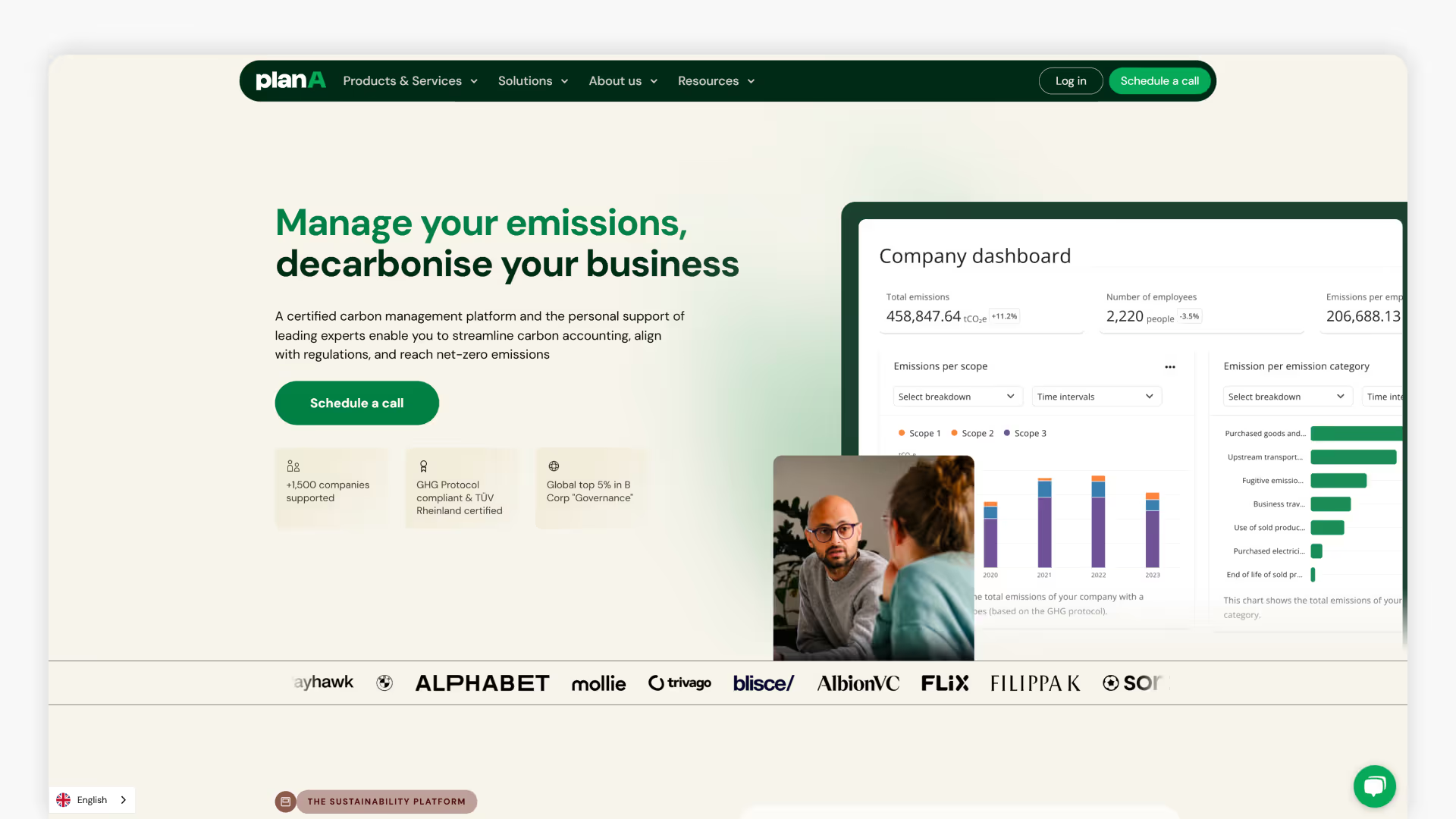
Plan A is a certified, science-based sustainability platform that enables European businesses to measure, report, and reduce their carbon footprint with a strong focus on decarbonization and regulatory compliance.
Key features
- End-to-End Decarbonization Platform: Plan A provides a holistic solution covering the entire net-zero journey, including precise carbon accounting for Scopes 1, 2, and 3; integrated reporting; and robust tools for decarbonization and target setting.
- Certified, Science-Based Methodology: The platform's calculation methodologies are certified by TÜV Rheinland and are fully compliant with the Greenhouse Gas Protocol, providing a high degree of confidence in the data's accuracy.
- AI-Enhanced Data Management: Plan A leverages an AI-enhanced interface to streamline data collection and management, claiming to make the process 70% faster compared to manual methods.
- Personalized Expert Services: A key component of Plan A's offering is the combination of its software with personalized guidance from in-house sustainability experts and scientists to help clients navigate complex tasks.
- Rapid, Stakeholder-Ready Reporting: The platform is designed for speed and efficiency, capable of generating stakeholder-ready corporate carbon footprint reports with a single click.
Clients & industries
Plan A targets European businesses from mid-market to large enterprises across Software & IT, Finance, and Fashion, with clients including Sorare, Payhawk, and Chloé.
Location
Plan A has a strong European presence with offices in Berlin, Munich, Paris, and London.
Why choose Plan A?
Plan A is an excellent choice for European companies needing a scientifically robust and certified platform to navigate the complex regulatory landscape with its unique "decarbonization-first" approach.
5. Sphera
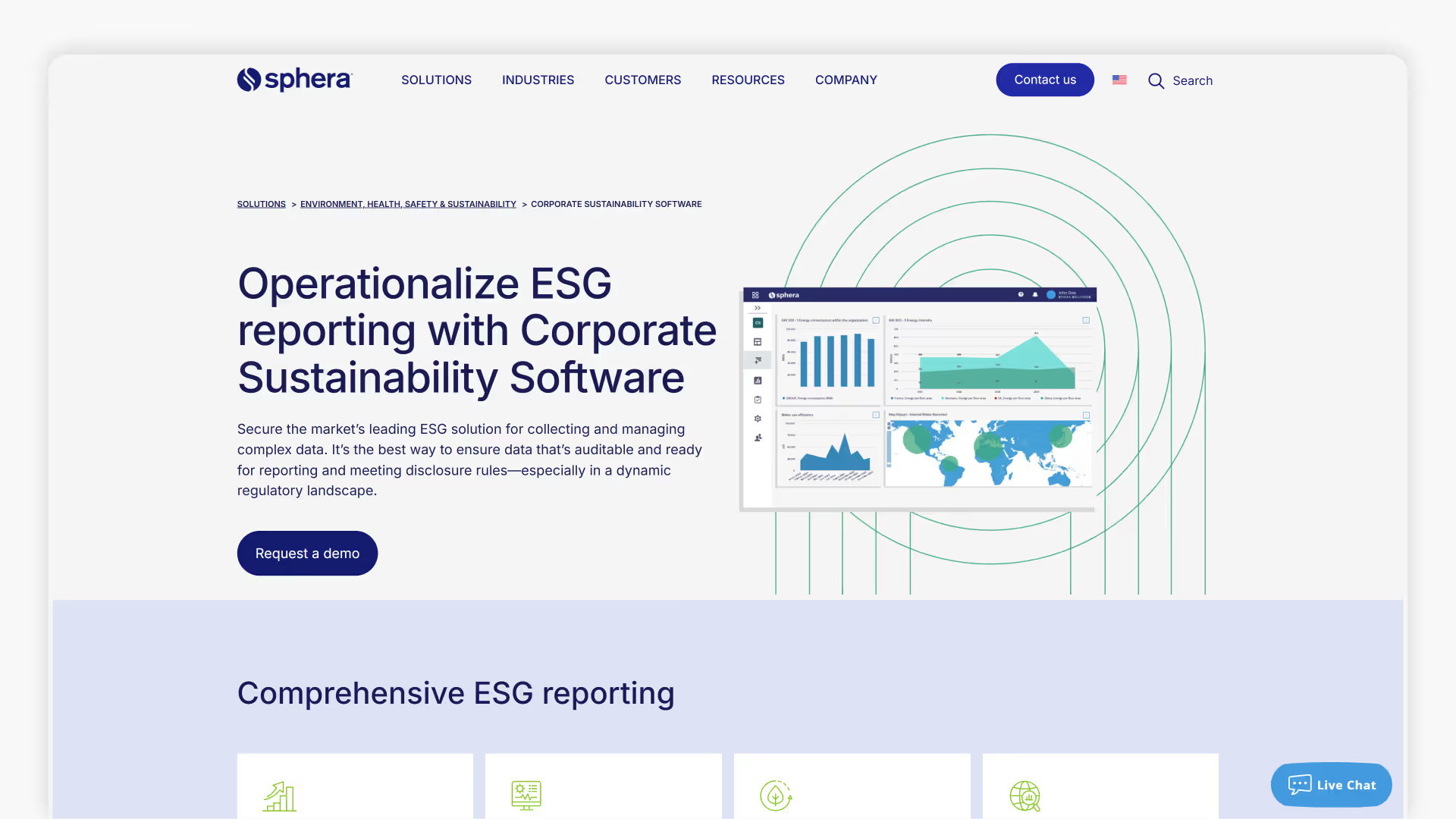
Sphera provides a comprehensive, integrated platform for managing enterprise-wide sustainability, operational risk, and Environmental, Health, Safety & Sustainability (EHS&S).
Key features
- Integrated Risk and Sustainability Platform (SpheraCloud): Sphera’s core offering is a unified platform that connects EHS&S, operational risk management, product stewardship, and supply chain transparency into a single ecosystem.
- Broad EHS&S Functionality: The platform offers a wide range of modules, including Corporate Sustainability Reporting, Environmental Accounting, Health and Safety Management, and Operational Compliance.
- Extensive Data and LCA Capabilities: Sphera is a major provider of sustainability data, offering over 20,000 annually updated, third-party-verified datasets. It has deep capabilities in Life Cycle Assessment (LCA) and Product Carbon Footprint (PCF) assessment.
- Supply Chain Transparency Solutions: The platform includes dedicated modules for Supply Chain Sustainability and Risk Management, helping organizations engage suppliers and collect product-level carbon data.
- Expert Consulting Services: Complementing its software, Sphera maintains a large team of industry experts and consultants who are actively involved in drafting and reviewing global reporting standards.
Clients & industries
Sphera targets large, complex enterprises in asset-heavy and high-risk industries like Chemicals, Oil & Gas, and CPG, with clients including BASF, BP, and Siemens.
Location
Headquartered in Chicago, Illinois, United States.
Why choose Sphera?
Sphera is the leading choice for large industrial enterprises that need to manage carbon and sustainability within the broader context of operational risk, safety, and EHS&S compliance.
6. Normative
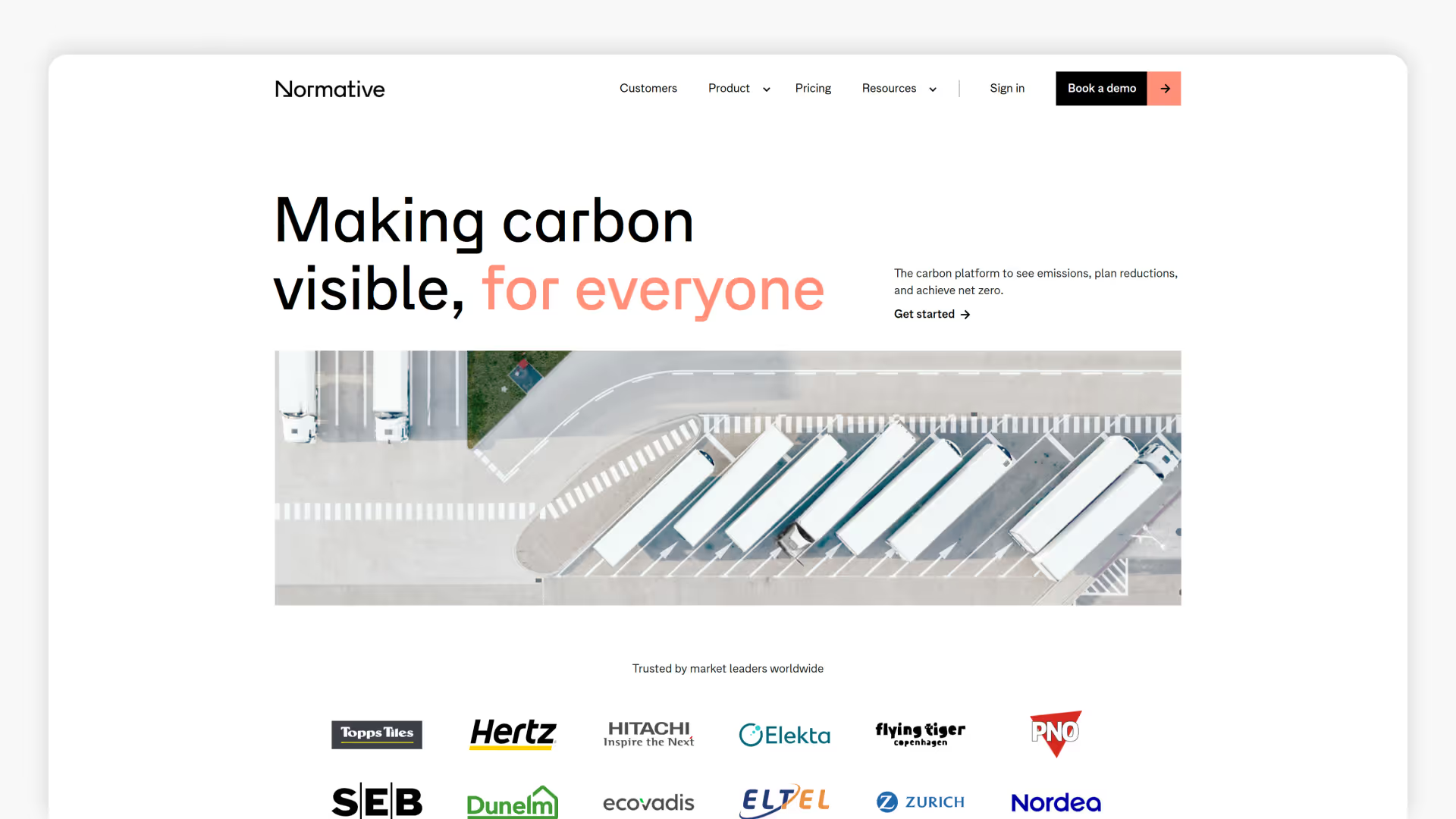
Normative provides a science-based carbon accounting engine backed by dedicated climate strategy experts, enabling businesses to calculate their footprint, ensure compliance, and achieve their net-zero goals.
Key features
- Science-Based Carbon Calculation Engine: Normative's platform is built on a foundation of scientific rigor, utilizing over 330,000 emission factors from 16 scientific databases, with a commitment to regular updates.
- Dedicated Climate Expert for Every Client: A core differentiator is Normative's service model. Every customer is assigned a dedicated, GHG Protocol-certified Climate Strategy Advisor for expert guidance.
- Guaranteed Compliance and Audit Success: The combination of its rigorous engine and expert support has resulted in a 100% success rate for its customers' Science Based Targets initiative (SBTi) submissions and a 100% audit pass rate.
- AI-Assisted Data Management: The platform uses advanced automation and AI-driven data processing to streamline data ingestion and categorization, creating a centralized system of record for all carbon data.
- Supplier Data Exchange via Carbon Network: Normative's "Carbon Network" enables businesses to move beyond estimates by exchanging primary, supplier-specific emissions data, which is crucial for accurately measuring and reducing Scope 3 emissions.
Clients & industries
Normative targets mid-market to large enterprises across finance, retail, and technology, with a client list that includes Zurich, Nordea, and Vodafone.
Location
Stockholm, Sweden, with offices in Copenhagen and London.
Why choose Normative?
Normative is the ideal choice for businesses that want the power of a cutting-edge software platform combined with the assurance and strategic guidance of a dedicated climate consultancy.
7. Sweep
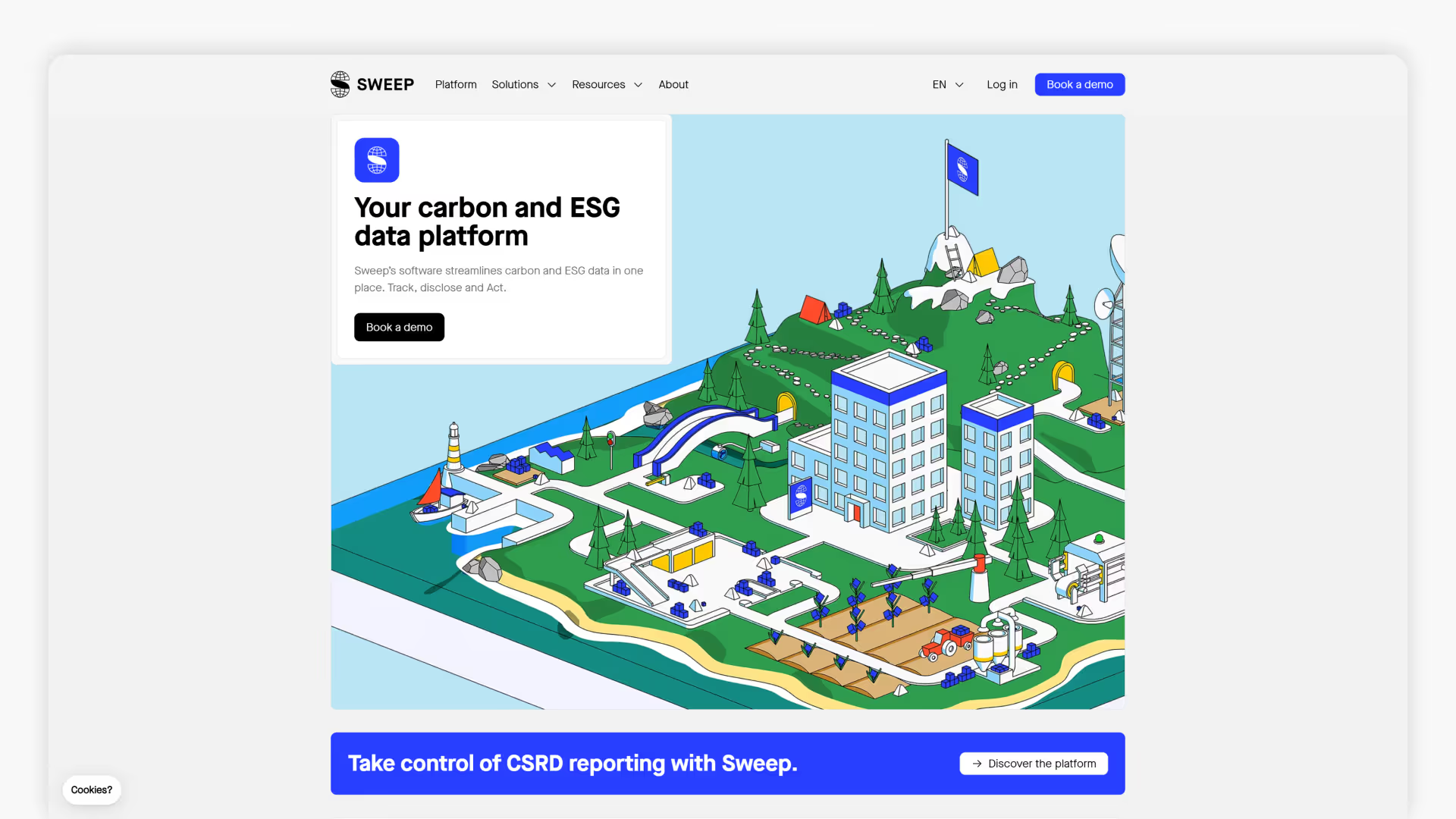
Sweep is a sustainability data platform that helps large, complex organizations track, disclose, and reduce their carbon and ESG impact through powerful, AI-driven data management and collaboration tools.
Key features
- AI-Driven Data Management: Sweep places a strong emphasis on mastering complex data. It uses AI-powered tools to automate and streamline data collection, cleansing, and management, creating a single source of truth for sustainability data.
- Collaborative, Network-Based Approach: The platform is engineered to solve carbon accounting as both a data and a network problem, with features that facilitate collaboration across large, distributed teams and extensive supply chains.
- Advanced Analytics and Visualization: Sweep provides an intuitive and visually appealing interface that makes it easier for users to engage with their sustainability data. It offers clear visualizations of carbon hotspots and allows users to simulate reduction pathways.
- Comprehensive Reporting Capabilities: The platform is built to help organizations report across a wide range of global ESG frameworks, including mandatory regulations like CSRD and SFDR, as well as voluntary standards like GRI and CDP.
- Audit-Ready Data Governance: Sweep ensures a clear audit trail by allowing documents and descriptions to be stored directly alongside the data within the platform, providing the transparency required for third-party assurance.
Clients & industries
Designed for large organizations with complex value chains, Sweep serves clients across telecommunications (Swisscom), energy (SSE plc), and financial services (MV Credit Partners LLP).
Location
Paris, France
Why choose Sweep?
Sweep is the leading platform for large, decentralized enterprises that need to tame data complexity and foster collaboration across their entire business ecosystem through its robust, AI-driven data management architecture.
8. Greenly
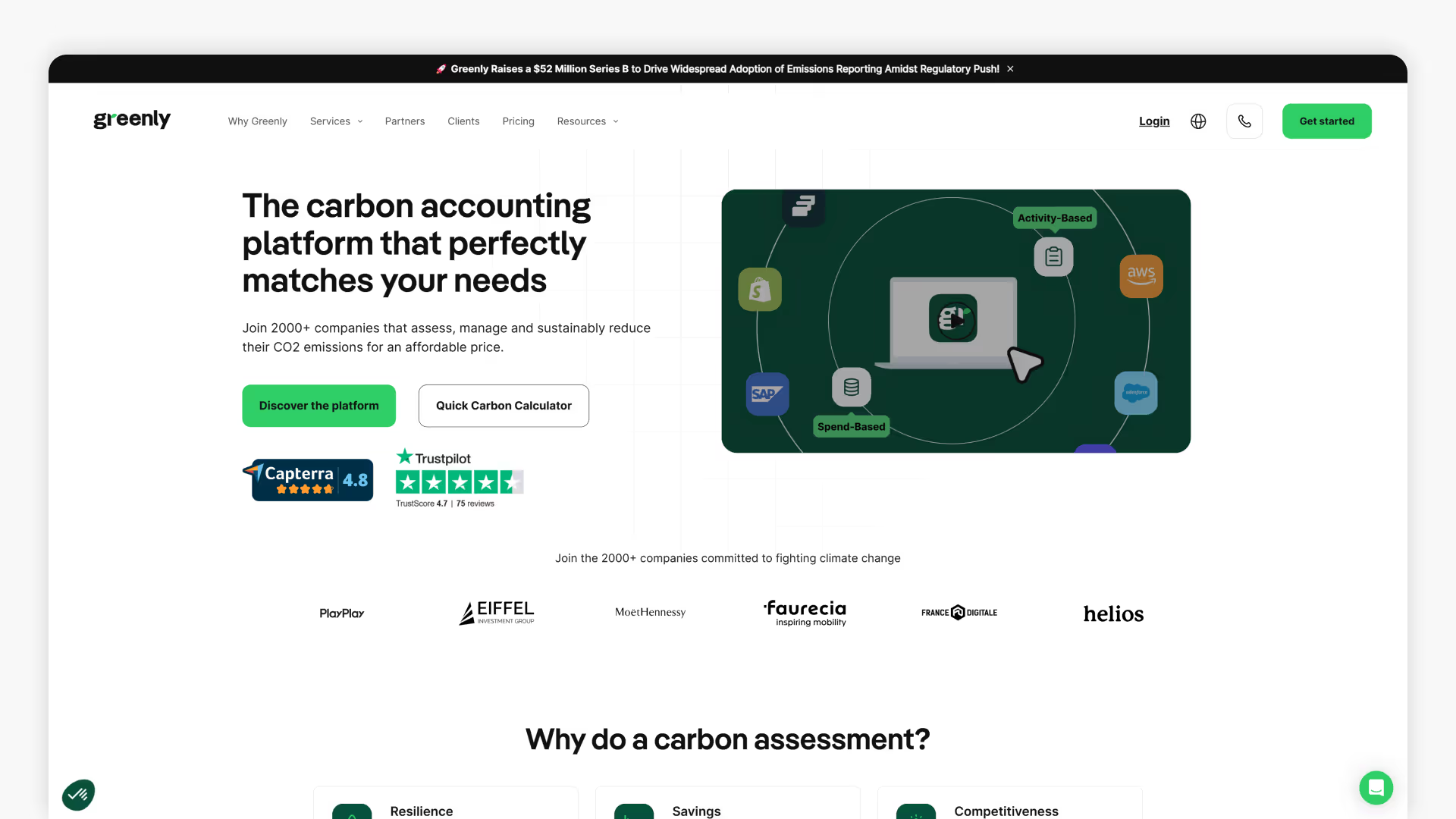
Greenly is an intuitive, all-in-one sustainability platform designed to make carbon accounting simple and accessible, particularly for small-to-medium-sized businesses (SMBs) and mid-market companies.
Key features
- Automated and Simplified Data Collection: Greenly's platform is designed for ease of use, with a focus on automating data collection through a supplier data retrieval system and ready-to-use APIs.
- AI-Powered Anomaly Detection: To ensure data quality, Greenly's AI automatically detects statistical anomalies in large datasets, saving time and improving the reliability of the carbon footprint assessment.
- Comprehensive Scope 3 Measurement: Greenly offers robust Scope 3 measurement, utilizing a vast library of 300,000 emission factors, including tens of thousands of monetary and supplier-specific factors.
- Climate Expert Support: The platform is backed by a team of over 60 climate experts who provide dedicated and personalized support, ensuring companies can navigate the complexities of carbon accounting and reduction planning.
- Actionable Reduction and Reporting Tools: Greenly provides tools to build decarbonization trajectories, including support for SBTi and Ecovadis, as well as modules for regulatory compliance like CSRD.
Clients & industries
Greenly serves over 3,500 companies worldwide, focusing on SMBs and mid-market businesses in Europe, including well-known brands like Lacoste, Ubisoft, and HelloFresh.
Location
Paris, France, with offices in London and New York.
Why choose Greenly?
Greenly is the ideal platform for SMBs and mid-market companies seeking a powerful yet user-friendly solution that democratizes carbon accounting by making best-in-class tools and expertise accessible.
9. Workiva
Workiva provides an assurance-ready, integrated carbon accounting solution that unifies carbon and financial data in one AI-powered platform.
Key features
- Integrated Carbon and Financial Data: A core feature is the ability to centralize emissions and financial data in one platform, unifying teams and supporting integrated reporting, strategy, and disclosures.
- Comprehensive Emissions Tracking: The platform supports the measurement of Scope 1, 2, and 3 emissions, using thousands of externally validated emissions factors covering over 240 countries and territories.
- Operationalized Decarbonization: Workiva Carbon includes tools to set science-based targets, benchmark performance, identify high-impact reduction opportunities, and assess supply chain risks.
- Assurance-Ready Disclosures: The platform is built for auditability, with complete audit trails, built-in controls, workflows, and collaboration tools to ensure emissions calculations are tracked end-to-end.
- Multi-Framework Alignment: Users can automatically align emissions data to both regulatory frameworks (CSRD, ISSB, California bills) and voluntary standards (CDP, GRI).
Clients & industries
Workiva serves thousands of organizations across 180 countries, including over 80% of the Fortune 1000, and is designed for use by sustainability, finance, audit, risk, and legal teams.
Location
Ames, Iowa, United States
Why choose Workiva?
Workiva is the definitive choice for organizations that need to seamlessly connect their carbon accounting with their broader financial reporting and GRC functions in a single, audit-ready environment.
10. Coolset
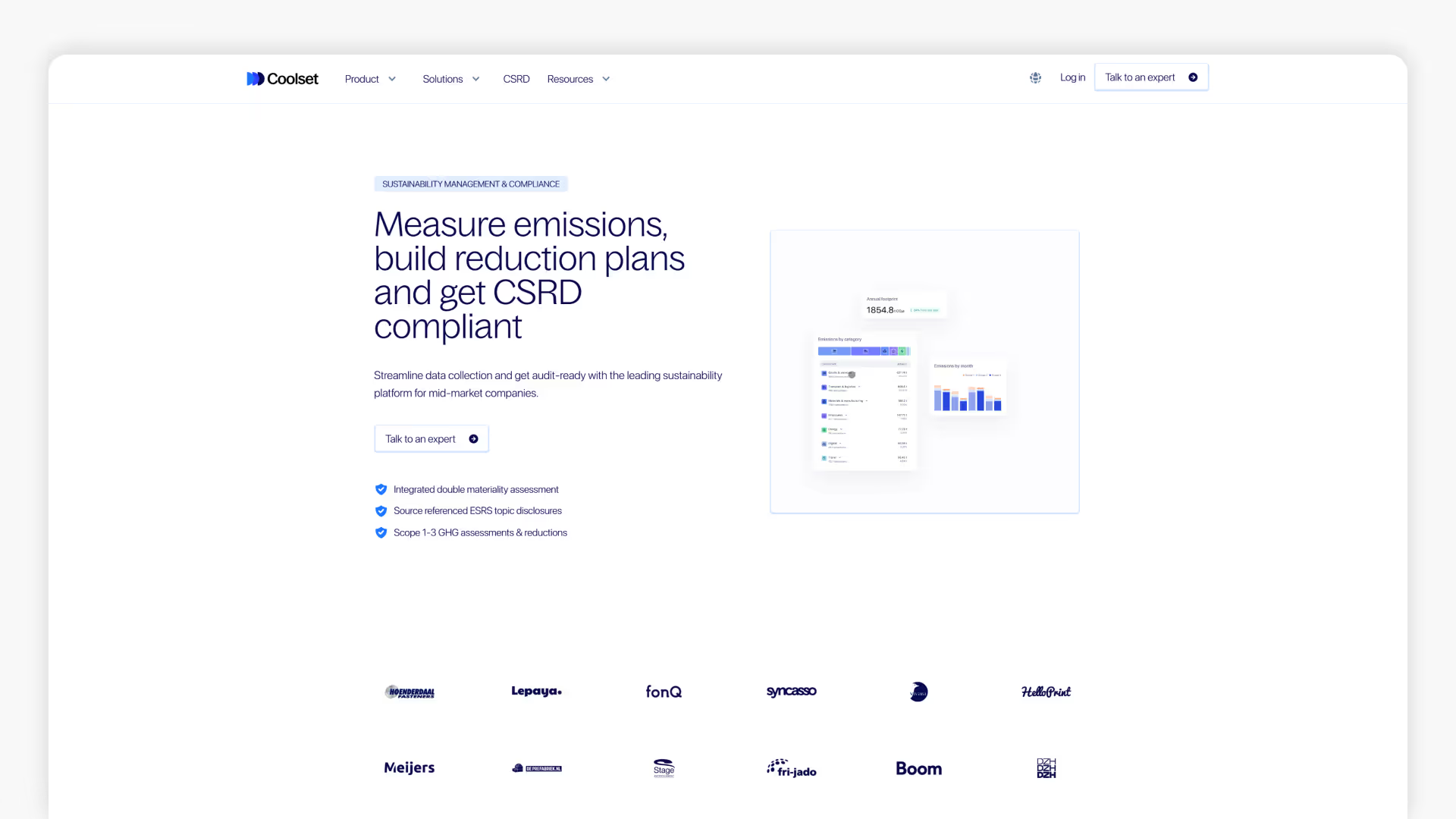
Coolset is a carbon and ESG management platform built for compliance-first teams to measure emissions, identify hotspots, and drive carbon reductions with confidence.
Key features
- Certified Methodology: Coolset automates Scope 1, 2, and 3 emissions tracking using a TÜV Rheinland–certified methodology, ensuring accuracy and credibility.
- Compliance-Focused: The platform is designed to help teams meet compliance requirements like CSRD, EUDR, CBAM, and EcoVadis, offering auditable reporting and a network of vetted auditors.
- User-Friendly for Small Teams: Designed for small teams with complex needs, Coolset replaces spreadsheets with a streamlined, collaborative workspace featuring built-in workflows and smart autofill.
- Scenario Modeling and Reduction Planning: The platform includes tools for scenario modeling and science-aligned reduction planning across supply chains, helping to translate data into actionable strategies.
- Enterprise-Grade Support: Coolset provides comprehensive support at no additional cost, including a dedicated customer success manager, sustainability researchers, and accelerator programs.
Clients & industries
Coolset targets mid-market enterprises, growing businesses, and consultants across industries like logistics and manufacturing, trusted by over 500 leaders in ESG, procurement, and compliance.
Location
Amsterdam, Netherlands.
Why choose Coolset?
Coolset is an excellent choice for mid-market European companies that prioritize regulatory compliance and need a user-friendly platform with a supportive, hands-on service model that doesn't require a large sustainability team.
11. Altruistiq
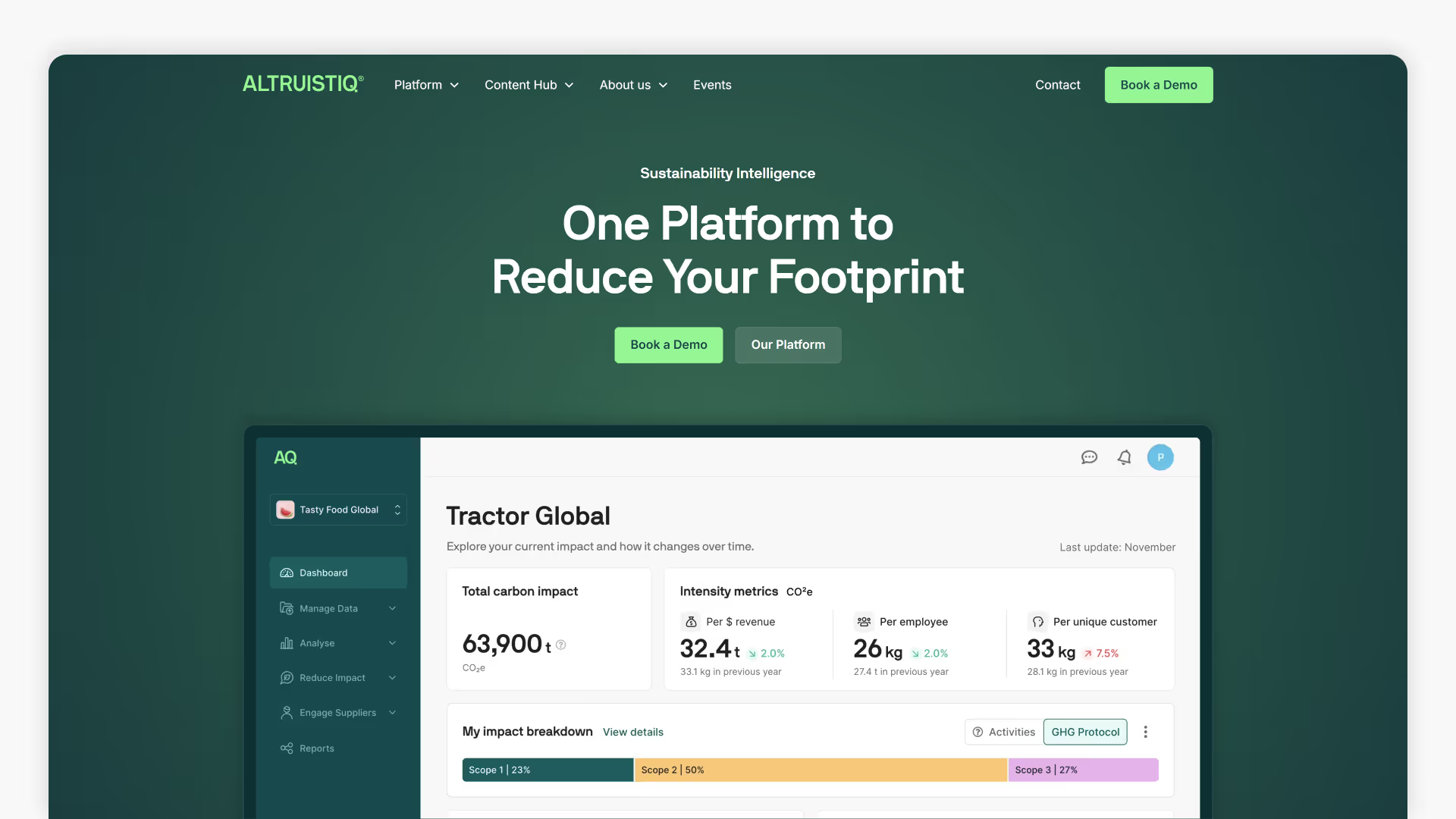
Altruistiq is a sustainability intelligence platform designed for large enterprises to measure, manage, and reduce their environmental impact at scale, with a focus on product-level data and supply chain engagement.
Key features
- Corporate and Product Footprinting: The platform allows for the measurement of global corporate emissions at a massive scale and can calculate thousands of Product Carbon Footprints (PCFs) on a monthly basis.
- Advanced Supply Chain Engagement: Altruistiq enables the capture and integration of primary data directly from suppliers, moving beyond industry averages for greater accuracy.
- Granular, Actionable Data: The software provides unmatched granularity at the manufacturing site level and allows users to model the impact of ingredient, supplier, or process swaps on their footprint.
- Specialized Emissions Factor Database: The platform provides access to over 180,000 secondary emissions factors from leading sources, with a specialization in agriculture, a key area for Scope 3 emissions in many industries.
- Enterprise-Ready Security: Altruistiq is built with enterprise-grade security features to handle sensitive corporate and supply chain data.
Clients & industries
Altruistiq targets enterprise customers with complex value chains, particularly in industries like food and beverage where agricultural supply chains are a major source of emissions, with clients including Starbucks and Meadow Foods.
Location
London, United Kingdom
Why choose Altruistiq?
Altruistiq is the platform of choice for large enterprises needing to delve into granular, product-level emissions within their supply chains through its ability to handle immense data complexity and provide "sustainability intelligence."
What’s important in good carbon accounting software or tools?
What essential features should you look for in good carbon accounting software?
- Effortless Data Collection: The software should seamlessly integrate with your existing business systems, pulling in data automatically. This saves time and reduces the risk of errors.
- Complete Emissions Picture: Look for a solution that covers all three scopes of emissions, from your direct operations to your entire supply chain.
- Regulatory Ready: Ensure the platform supports the reporting frameworks relevant to your business (GHG Protocol, CSRD, etc.).
- Actionable Insights: It's not enough to just measure your footprint. The best software identifies your biggest emission sources and recommends practical reduction strategies.
- Clear Audit Trail: A robust audit trail is essential for ensuring data accuracy and compliance.
- Grows With Your Business: The solution should be scalable to meet your evolving sustainability needs.
- Easy to use: A user-friendly interface will encourage adoption and make carbon accounting a seamless part of your operations.
So, what’s the best carbon accounting software or tool?
While the ideal choice depends on your specific needs, Arbor (arbor.eco) is a leading carbon accounting solution for businesses that prioritize accuracy and automation.
Throughout this guide, Arbor's industry-leading accuracy supports Scope 1, 2 and 3 emissions measurement and can automate product-level measurements, significantly streamlining your carbon accounting process.
If your business has physical goods or assets and you're looking to product carbon footprinting (PCF), quickly identify reduction opportunities and generate regulation-ready reports (including CSRD, CBAM, and more), Arbor is a highly recommended carbon accounting platform.
Its focus on a bottom-up methodology approach, combined with an easy-to-use interface, makes it a powerful tool for businesses of all sizes looking to take meaningful action on their carbon footprint.
What makes Arbor different from other carbon accounting software?
A recent LinkedIn post asked “Honest question: Can anyone explain how carbon accounting platforms actually differ from each other?”
Our Co-founder & CIO, Abdullah Choudhry, weighed in with his perspective:
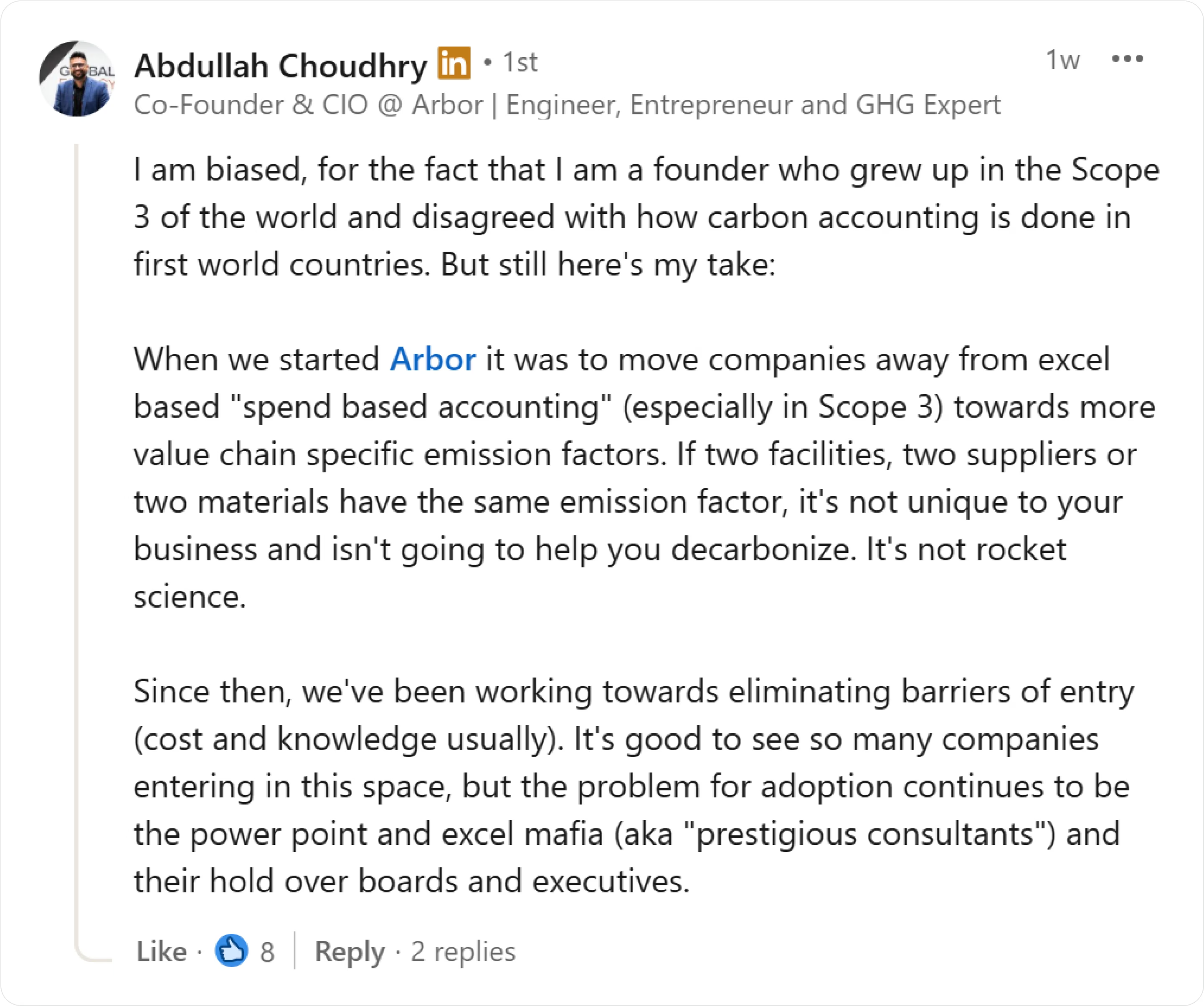
"I am biased, for the fact that I am a founder who grew up in the Scope 3 of the world and disagreed with how carbon accounting is done in first world countries. But still here's my take:
When we started Arbor it was to move companies away from excel based "spend based accounting" (especially in Scope 3) towards more value chain specific emission factors. If two facilities, two suppliers or two materials have the same emission factor, it's not unique to your business and isn't going to help you decarbonize. It's not rocket science.
Since then, we've been working towards eliminating barriers of entry (cost and knowledge usually). It's good to see so many companies entering in this space, but the problem for adoption continues to be the power point and excel mafia (aka "prestigious consultants") and their hold over boards and executives."
The difference lies in the depth and specificity of the data. Generic, spend-based calculations can hide your biggest emission hotspots. Arbor was built to provide granular, value-chain-specific data that empowers you to make real reductions, not just check a box.
Closing thoughts
Well, those were the top 11 carbon accounting tools for 2025, carefully reviewed to help companies navigate and choose the best solution for carbon accounting, product carbon footprinting, scope 1, 2 and 3 reporting, emissions tracking, and reduction efforts.
From Arbor's carbon accounting platform to more advanced solutions, each tool offers unique features tailored to streamline your sustainability goals. This guide covers essential features, pricing, and industry-specific applications, helping you make an informed decision for your climate strategy. Check this out if you’re looking for accounting software. Also, check out the best product carbon footprint software comparison!
I hope you enjoyed this review and found it helpful in selecting the right carbon accounting software for your company.
Talk to Arbor's carbon experts to learn how our carbon accounting software can streamline carbon measurement and reporting
Measure your carbon emissions with Arbor
Simple, easy carbon accounting.

Frequently asked questions (FAQs) about carbon accounting software and tools
What is carbon accounting?
Carbon accounting, also known as greenhouse gas (GHG) accounting, quantifies an organization's greenhouse gas emissions, directly or indirectly, within defined boundaries.
Much like financial accounting, which measures financial impact, carbon accounting tracks climate impact by calculating an organization's carbon footprint. This method estimates emissions from various activities and converts them into carbon dioxide equivalents (CO2e) using global warming potential (GWP) metrics.
Organizations can identify emission hotspots and focus their reduction efforts on high-impact areas by understanding their carbon emissions.
Carbon accounting not only aids in emission reduction but also supports organizations in reporting climate impact to stakeholders, such as customers, investors, and regulatory bodies.
As of May 2024, 2023, many countries, corporations, and organizations representing a large portion of the world's economic output have pledged to achieve net-zero greenhouse gas emissions by 2050.
The Greenhouse Gas Protocol is the most commonly used framework for calculating and classifying GHG emissions into three scopes, enabling comprehensive and standardized reporting.
Is it better to use carbon accounting software or an internal solution?
Using carbon accounting software is generally better than relying on internal solutions. It automates data collection and reporting, reducing human error and providing more accurate insights.
How do you choose carbon accounting software?
Choose carbon accounting software that offers robust data collection and comprehensive reporting and complies with industry standards like the GHG Protocol. Assess ease of integration with existing systems and the level of customer support provided. See the best carbon accounting software.
What is the most widely used carbon accounting method?
The Greenhouse Gas Protocol is the most widely used carbon accounting method, a standardized framework for measuring and managing greenhouse gas emissions. Developed by the World Resources Institute and the World Business Council for Sustainable Development, the GHG Protocol provides comprehensive guidelines for calculating emissions across three scopes:
- Direct emissions (Scope 1)
- Indirect emissions from purchased electricity (Scope 2) and
- Indirect emissions (Scope 3)
According to the GHG Protocol Corporate Standard, over 90% of Fortune 500 companies use this method, making it a globally recognized benchmark for carbon accounting. This standardized approach ensures consistency and comparability in emissions reporting, which is crucial for regulatory compliance and stakeholder transparency.
Why should you use carbon accounting software in your business?
Carbon accounting software helps you accurately measure and manage your carbon footprint, ensuring regulatory compliance and reducing inefficiencies. It also boosts brand reputation and future-proofs your business.
What is the tool to measure carbon emissions?
Carbon emissions are typically measured using specialized software tools to track them across various business activities and convert them into carbon dioxide equivalents (CO2e).
Is carbon accounting the same as financial accounting?
Yes, in some ways, carbon accounting quantifies the environmental impact of business activities, while financial accounting measures financial performance. Both are crucial for comprehensive business management but serve different purposes.
What is the difference between carbon accounting and GHG accounting?
Carbon accounting focuses on carbon dioxide emissions, whereas GHG accounting encompasses all greenhouse gases, including methane and nitrous oxide, converting them to CO2e for standardization.
How do you collect data for carbon accounting?
Data collection for carbon accounting involves gathering information from various sources to ensure a comprehensive view of your emissions. This includes utility bills for energy consumption, transportation fuel logs, and supply chain operations records.
Advanced carbon accounting software like Arbor's can automate much of this process by integrating your existing systems and pulling data in real time. This streamlines the data collection process and significantly reduces the likelihood of human error.
Accurate data collection is critical for reliable carbon accounting as it forms the basis for all subsequent calculations and reporting.
How much does carbon accounting usually cost?
The cost of carbon accounting varies widely depending on the complexity of your operations and the software features required. Prices can range from a few thousand dollars to over $100,000 annually.
What about the future of carbon accounting?
The future of carbon accounting looks promising, with increasing regulatory requirements and technological advancements driving more accurate and comprehensive solutions. The demand for real-time data and enhanced reporting capabilities is expected to grow.
What is a good example of carbon accounting?
A good example of carbon accounting is how a company measures its total emissions from production to distribution, identifies hotspots, and implements targeted reduction strategies to achieve net-zero goals.
What is the best carbon calculator?
Arbor’s carbon calculator, launched in 2021, is highly recommended for its accuracy and automation capabilities. It offers detailed emissions measurements tailored for the apparel industry and is expanding to include comprehensive tracking for buildings and other sectors.
Are carbon calculators accurate?
Yes, but the accuracy can vary significantly between different tools. In a 2021 survey, executives estimated an error rate of up to 40% in emissions calculations. Some calculators, like Arbor's, are designed to minimize error, which is crucial as our findings show an average margin of error of over 70% in client data provided by other tools. This underscores the importance of using sophisticated tools for precise emissions calculations.
Which company made the carbon calculator?
Arbor developed its carbon calculator in 2021. It can provide detailed, automated emissions measurements. This tool provides precise, actionable insights to help companies achieve sustainability goals.
Why is carbon accounting difficult?
Ben Grande, Arbor’s Chief Technology Officer, highlighted four main problems he sees in carbon accounting:
Incomplete life cycle stages:
Clients often fail to include all relevant stages of their product's life cycle, leading to significant underestimations of the total environmental impact.
Ignored regional differences:
The environmental impact can vary greatly by region. Using global emission factors does not adjust for these geographical variations.
Poor data quality:
The use of generic or outdated data in clients' initial calculations.
Non-adherence to industry-specific frameworks:
A lack of compliance with the proper industry and product category-level frameworks results in calculation inaccuracies.
Is carbon accounting hard?
Carbon accounting can indeed be challenging due to the complexity and variety of data sources required and the need for precise calculations to ensure accuracy.
The process involves collecting and analyzing data from multiple activities, such as energy consumption, transportation, and supply chain operations. Without sophisticated tools, this task can be time-consuming and prone to errors.
However, using specialized carbon accounting software can significantly simplify the process by automating carbon data collection and calculations, reducing the risk of mistakes. Companies investing in advanced software solutions often find it easier to manage and report their carbon emissions accurately.
Which carbon accounting software is best for your business?
It depends on your business size, what you require for your climate strategy, and whether you have reporting needs for compliance or stakeholder engagement. Arbor's carbon accounting software is highly recommended for its comprehensive features and ease of use.
Arbor offers robust data collection, automated reporting, and integration with existing systems, making it ideal for companies of all sizes looking to measure and manage their carbon footprint efficiently. By streamlining emissions tracking and reporting, Arbor helps companies meet regulatory requirements and demonstrate their commitment to sustainability.
- Small to Medium Enterprises (SMEs): Look for software that’s easy to deploy and doesn't require extensive customization.
- Large Enterprises: Opt for scalable solutions that integrate seamlessly with existing IT infrastructure and provide detailed analytics.


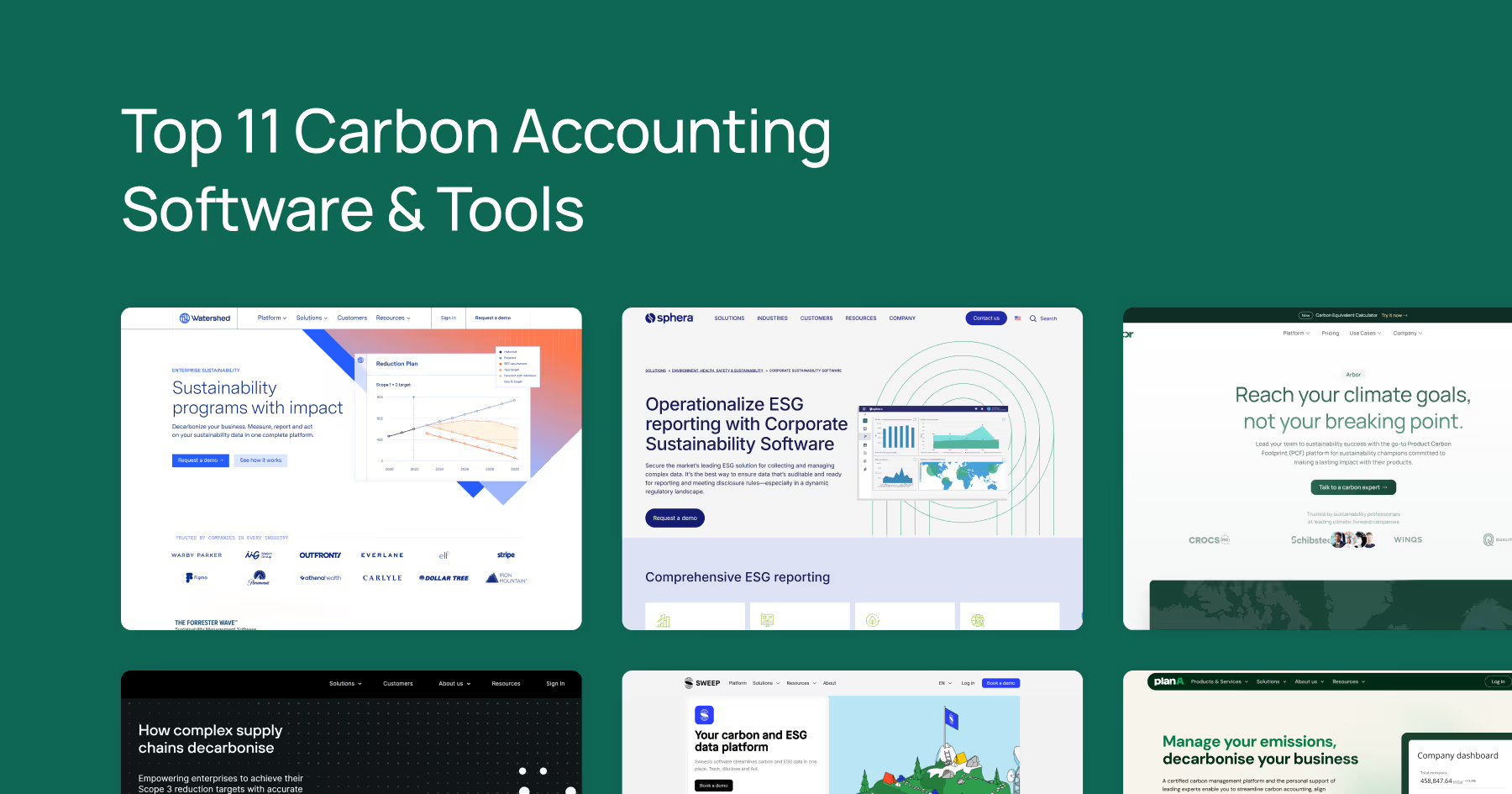
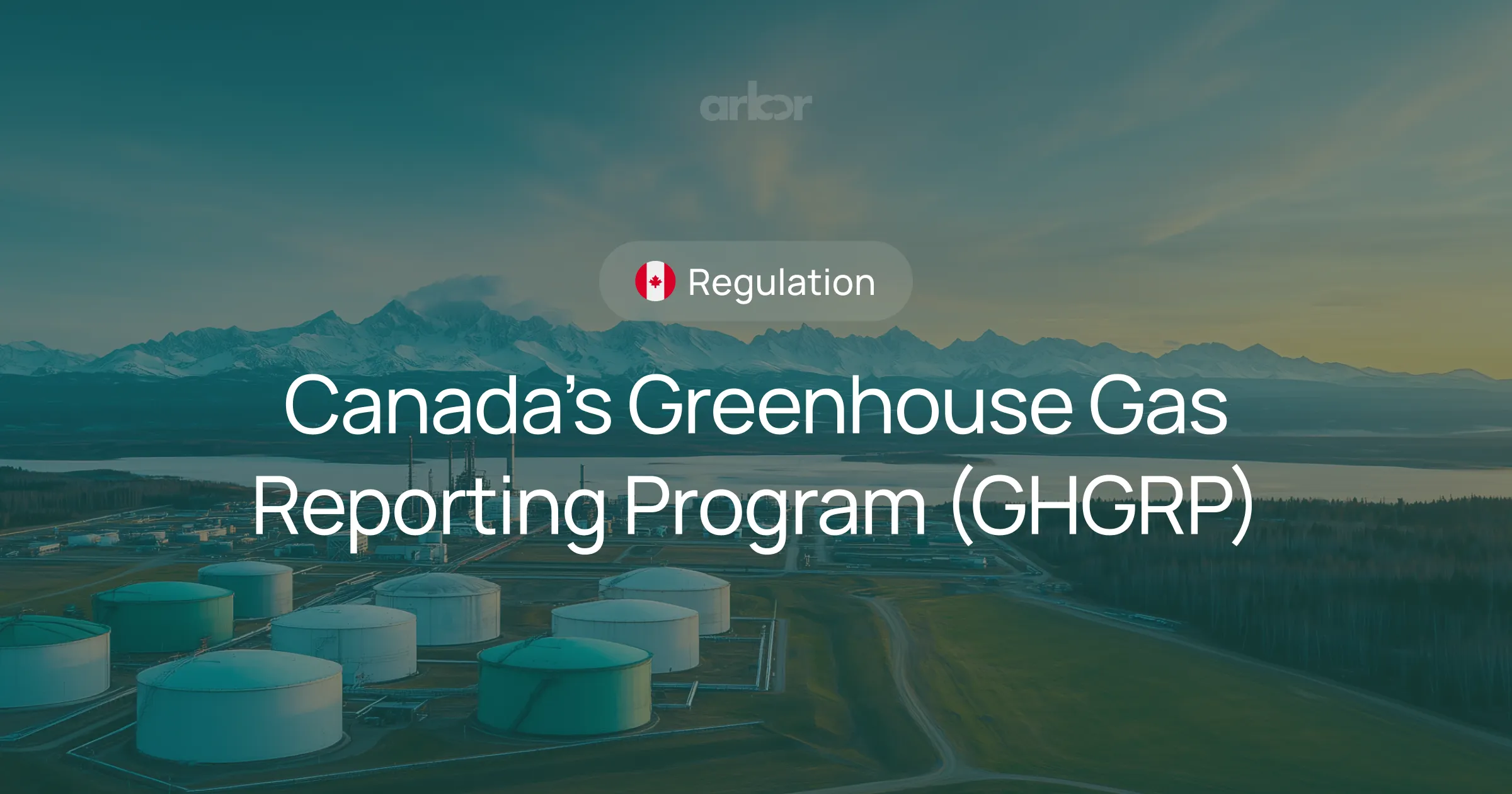

.webp)
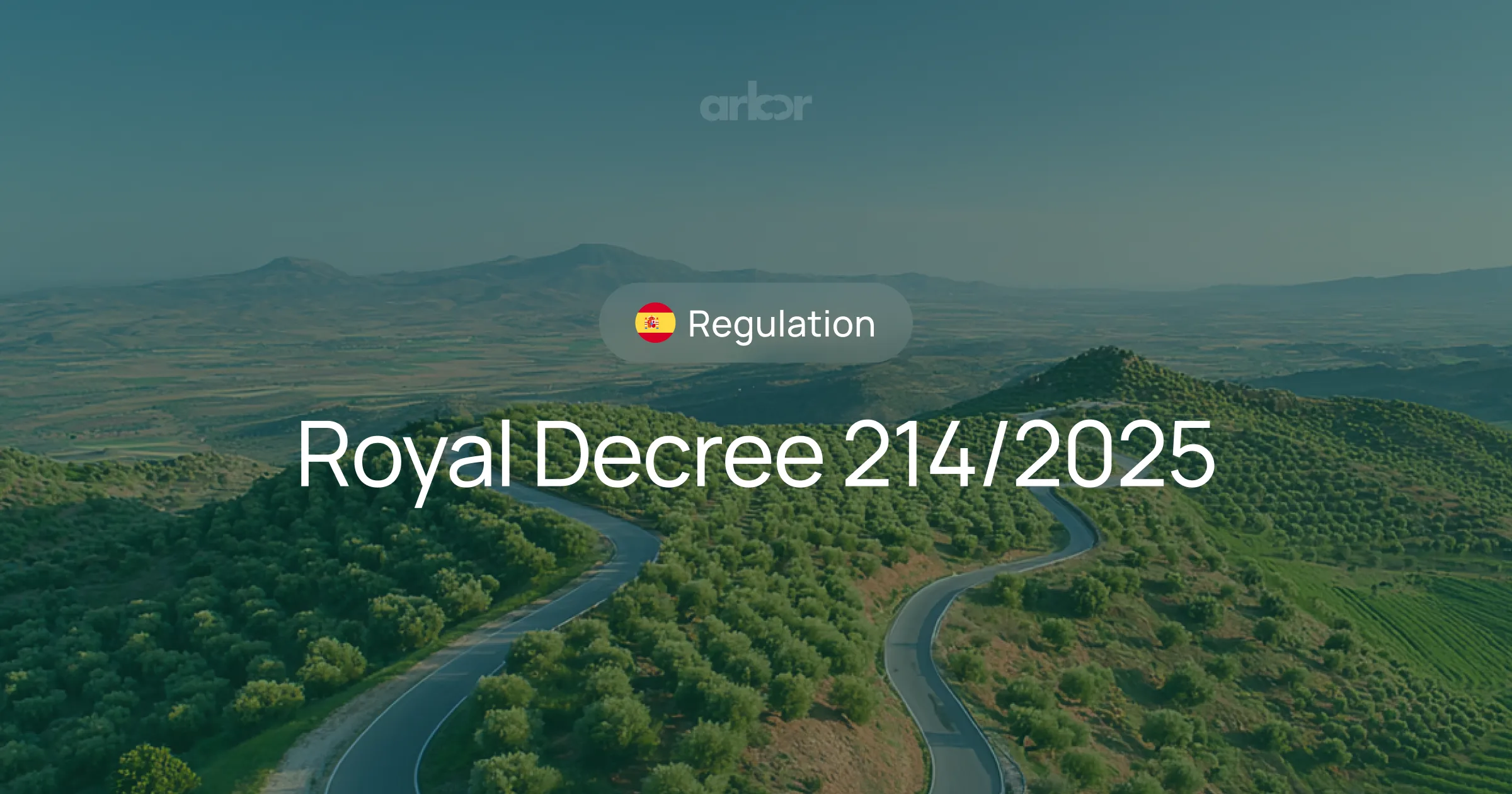
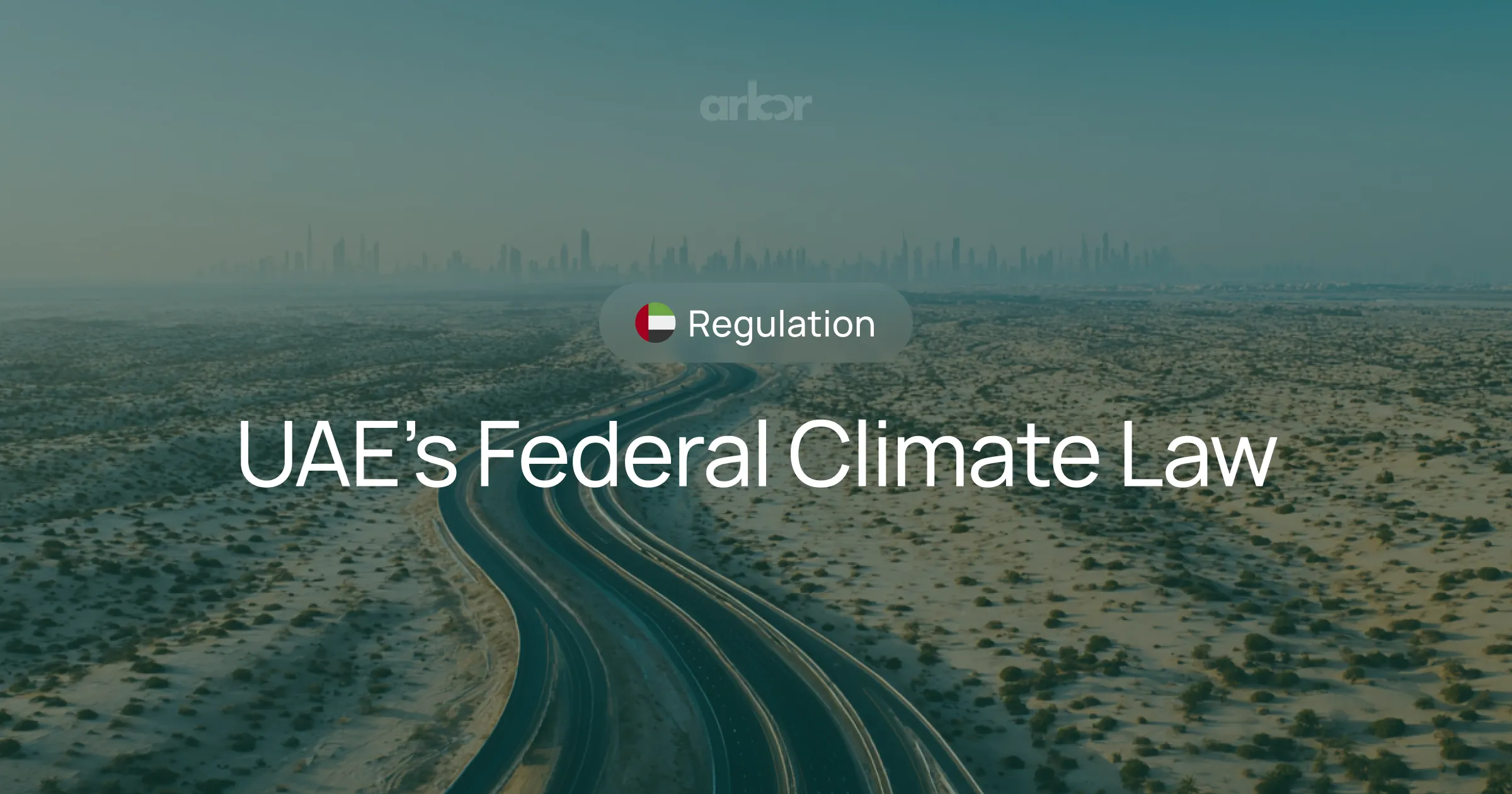
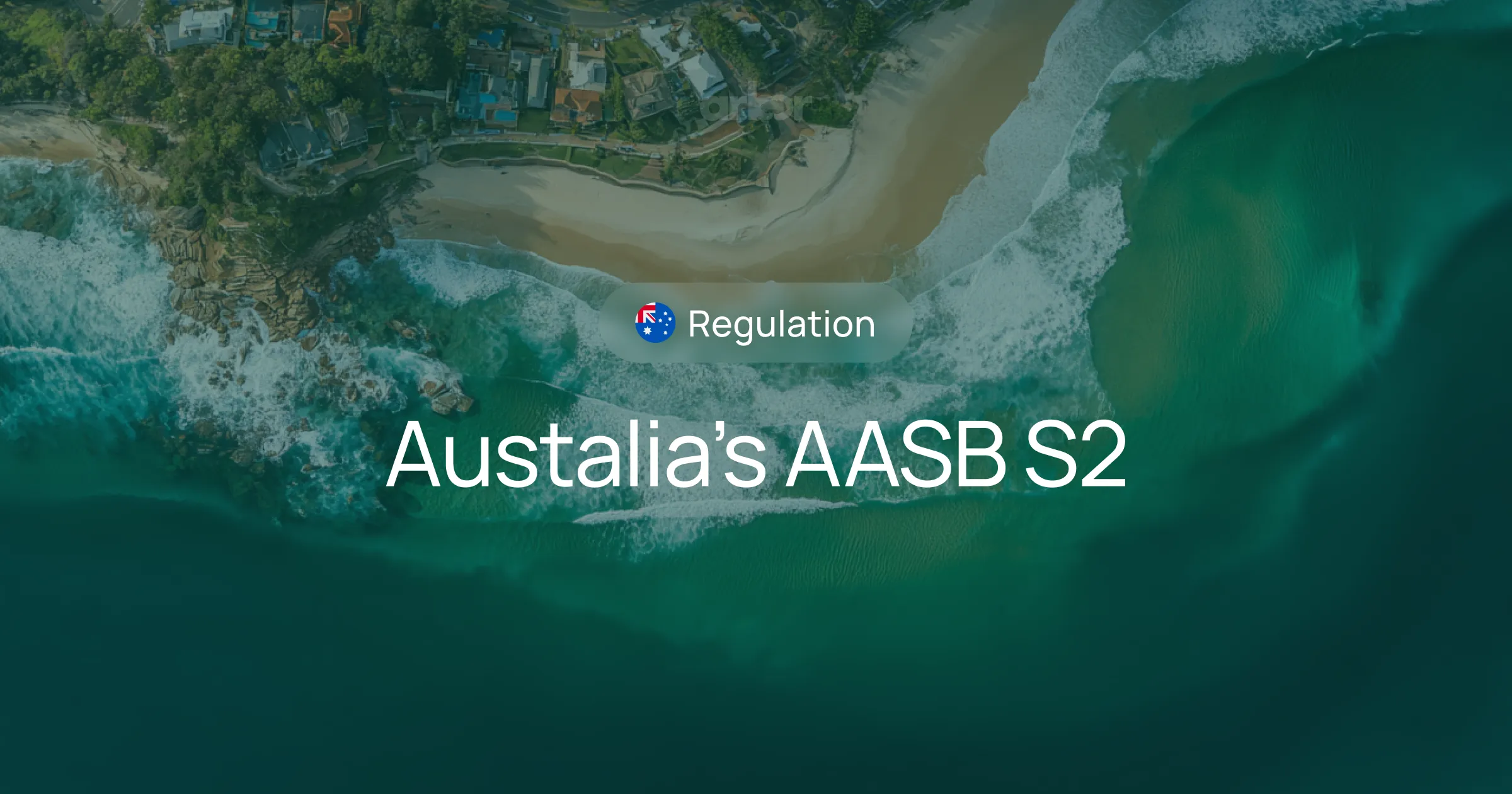
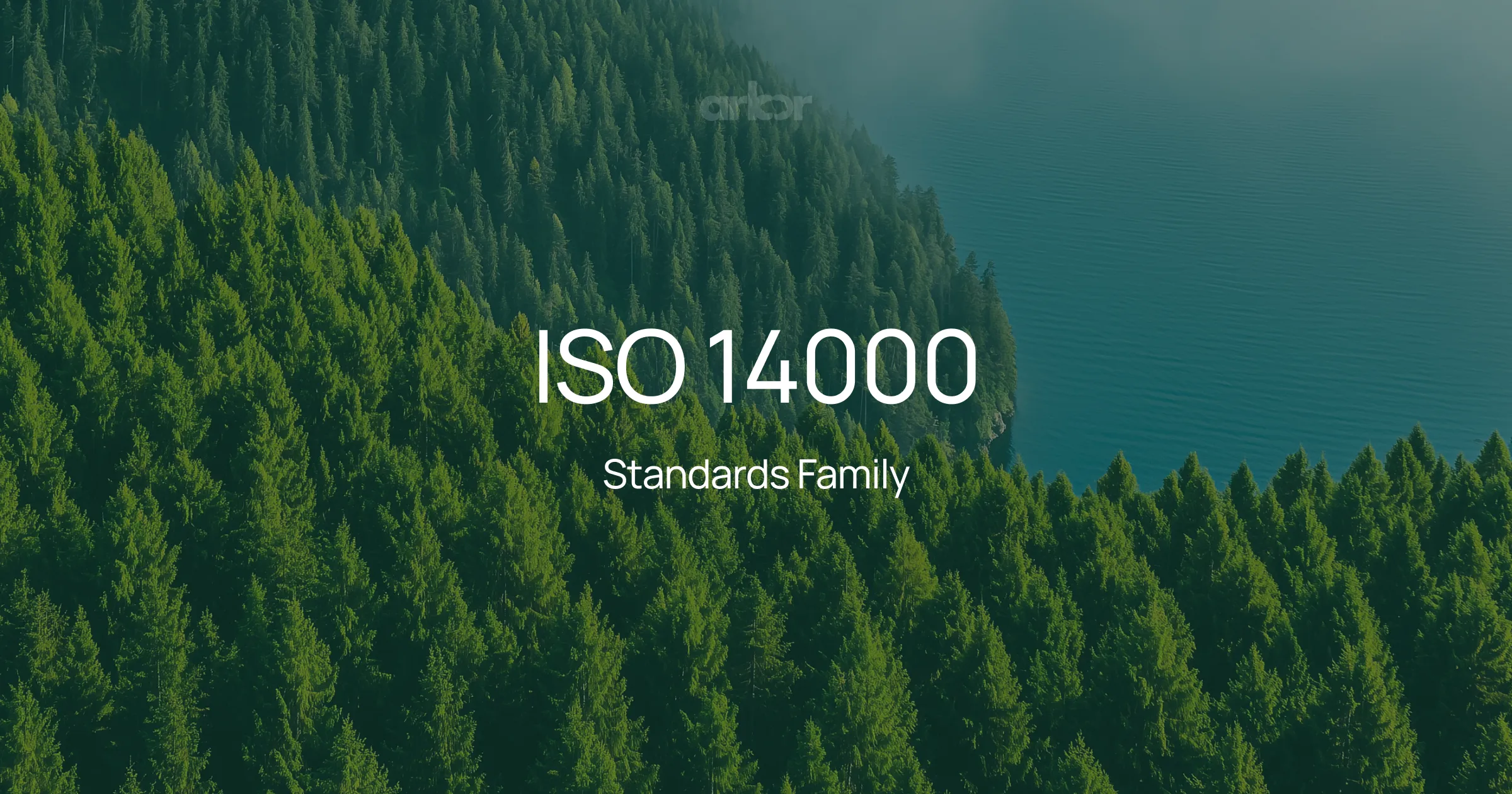
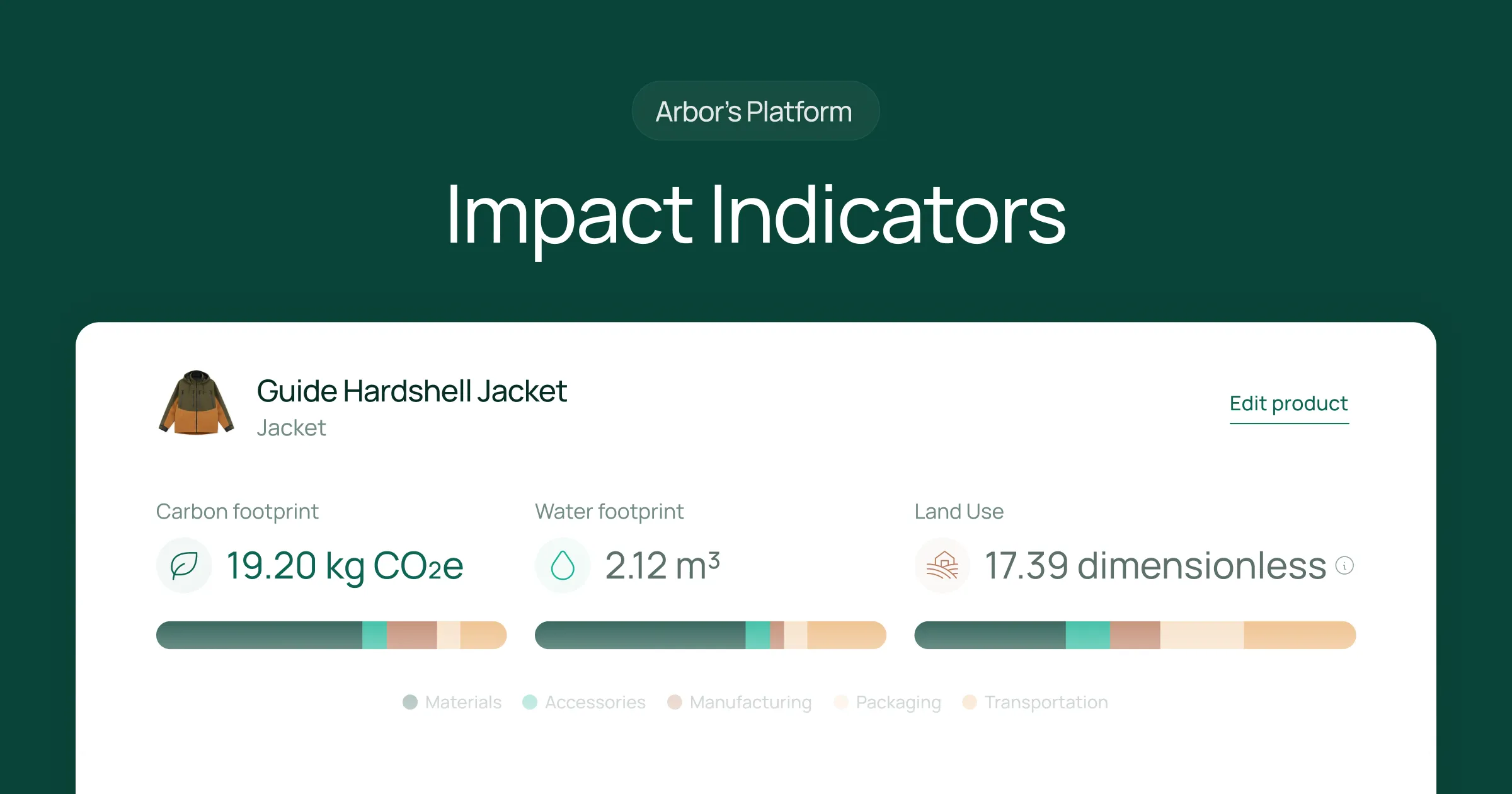
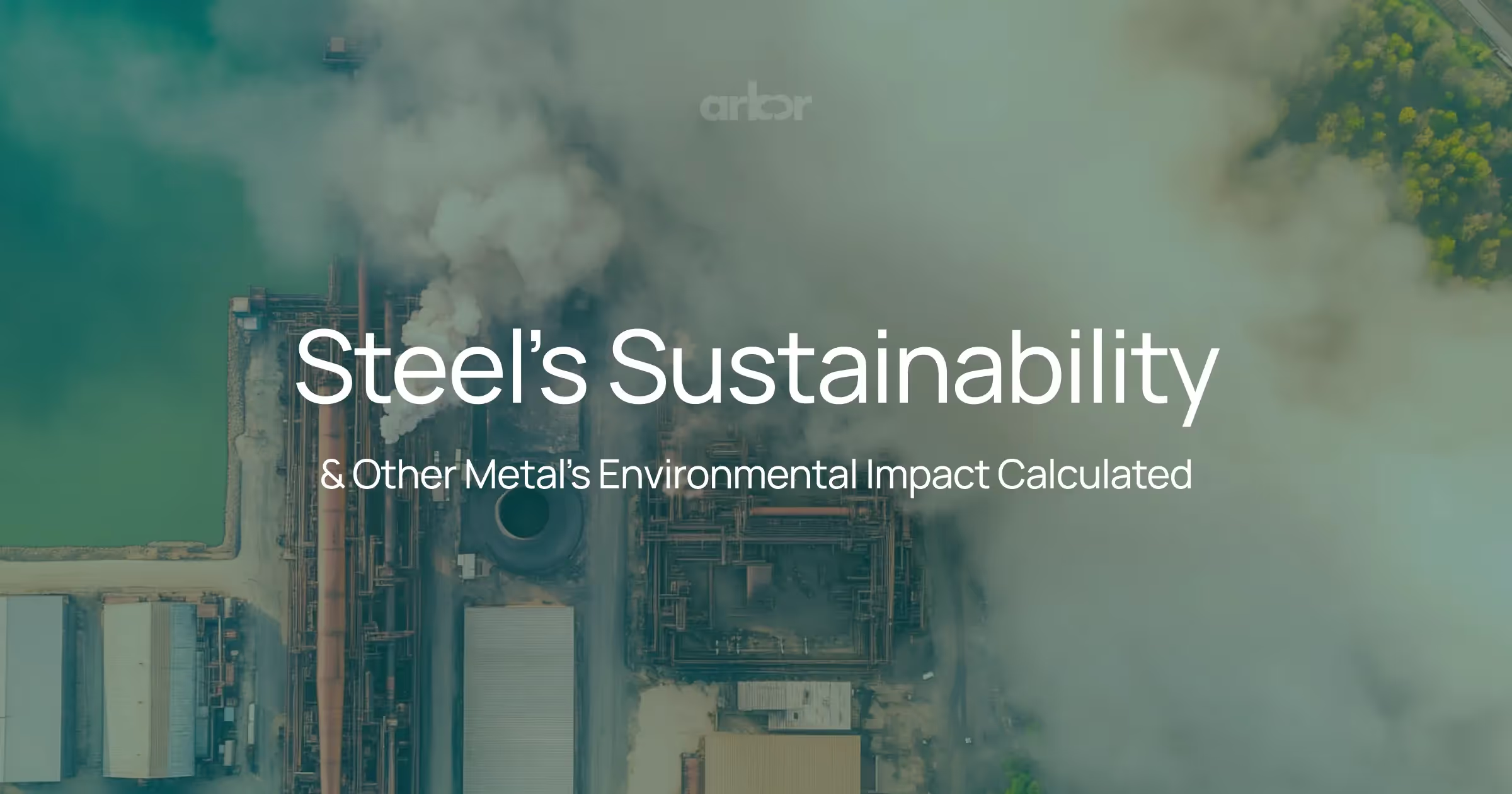
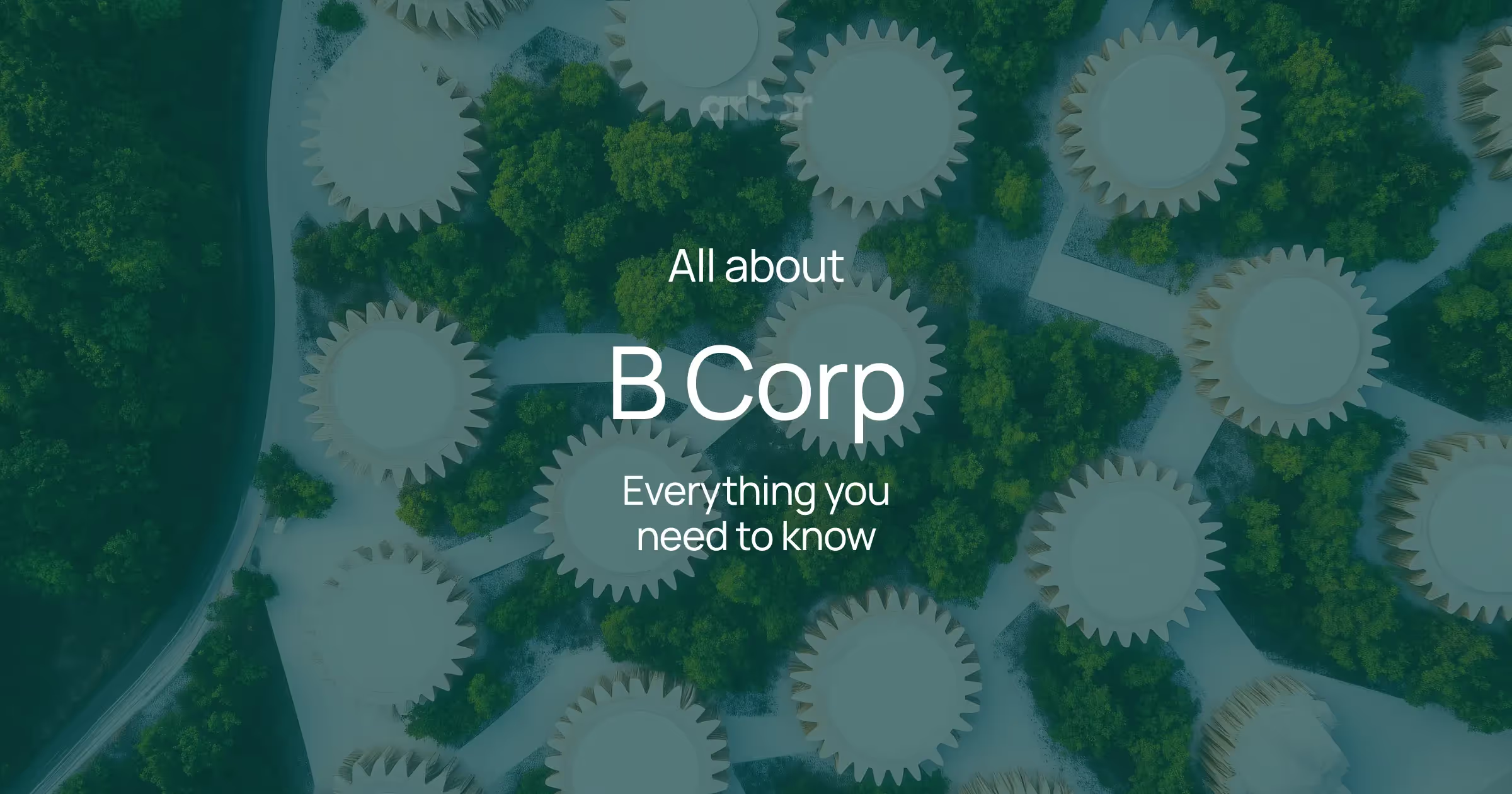
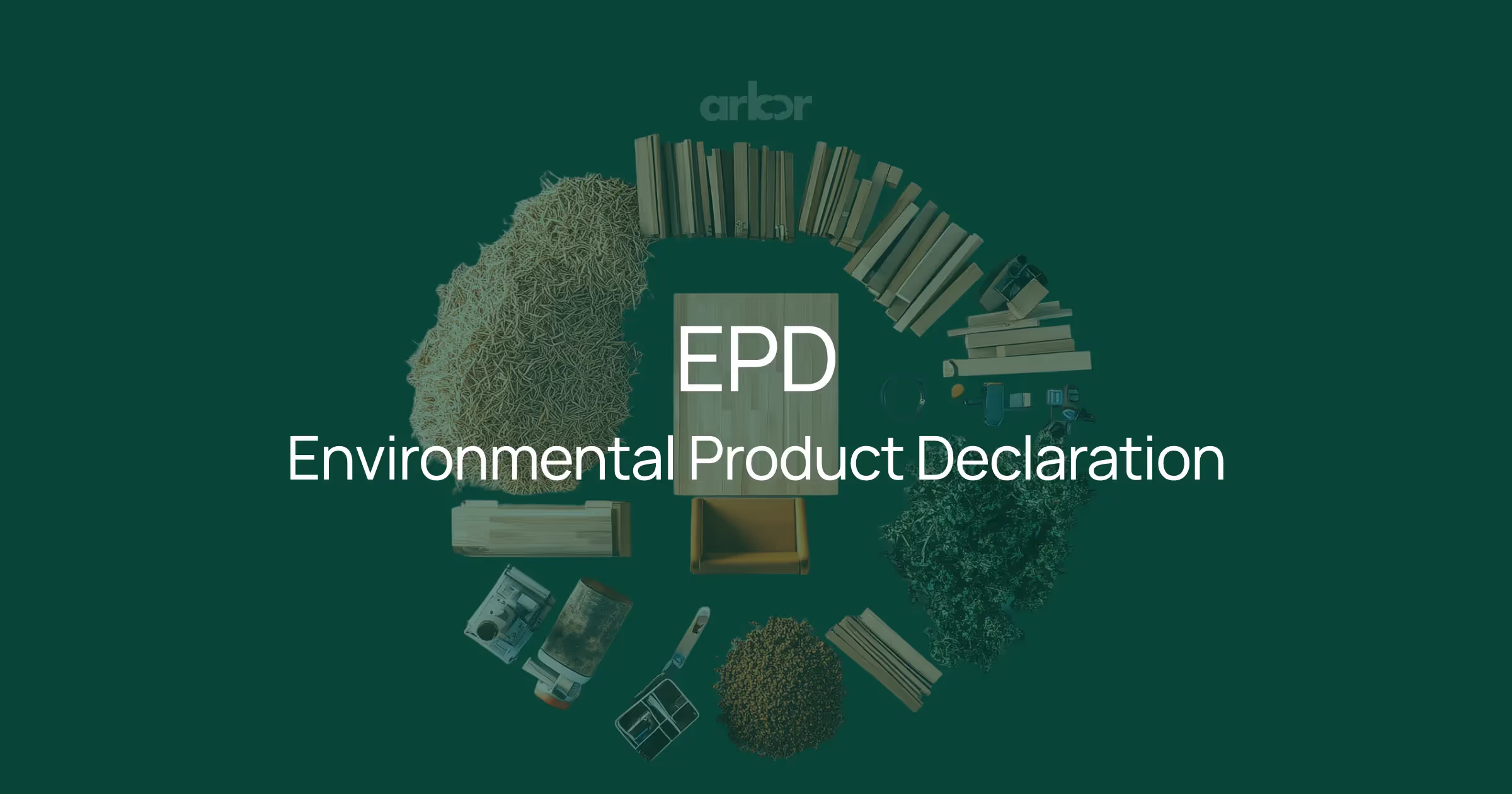
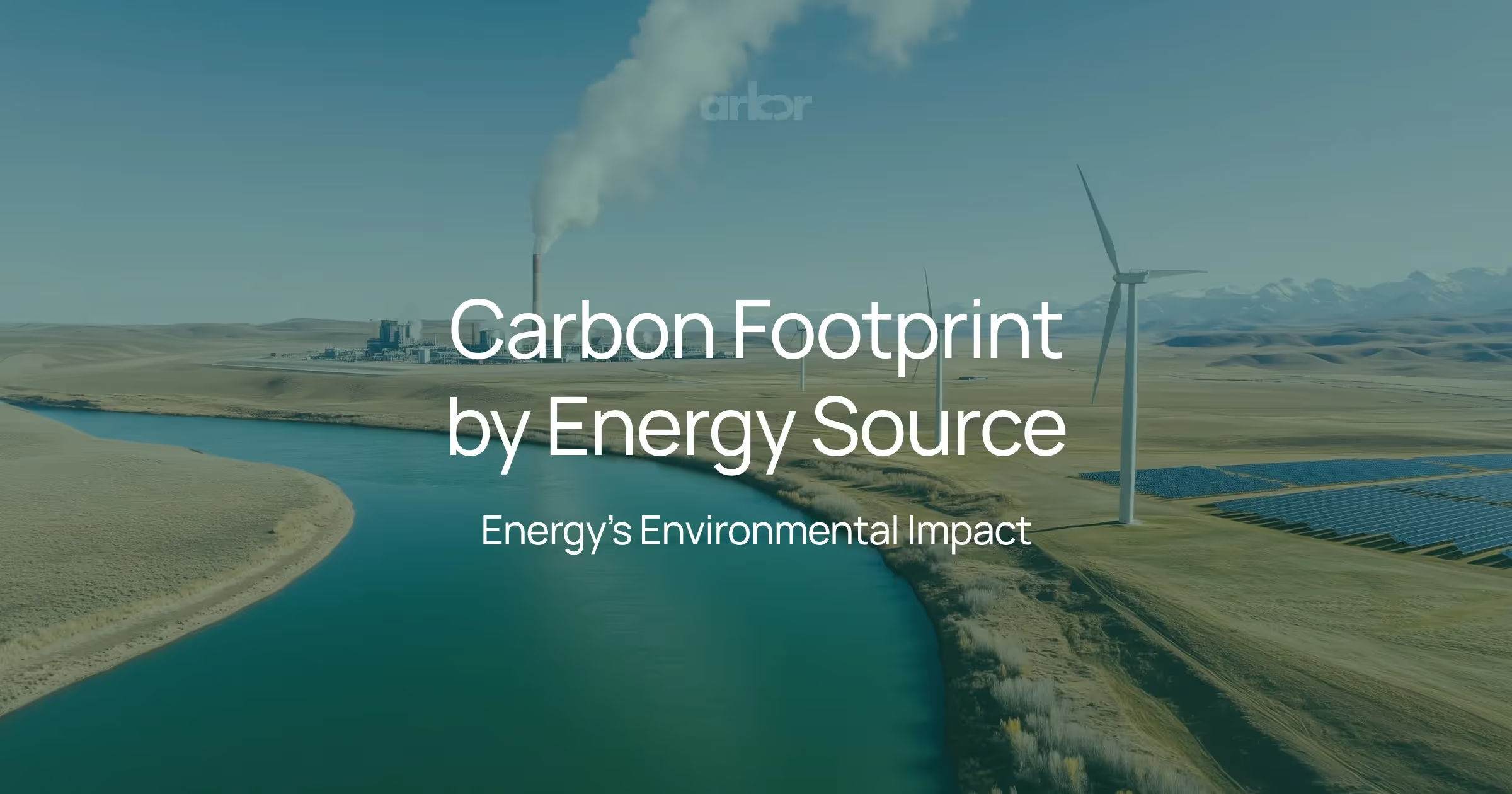

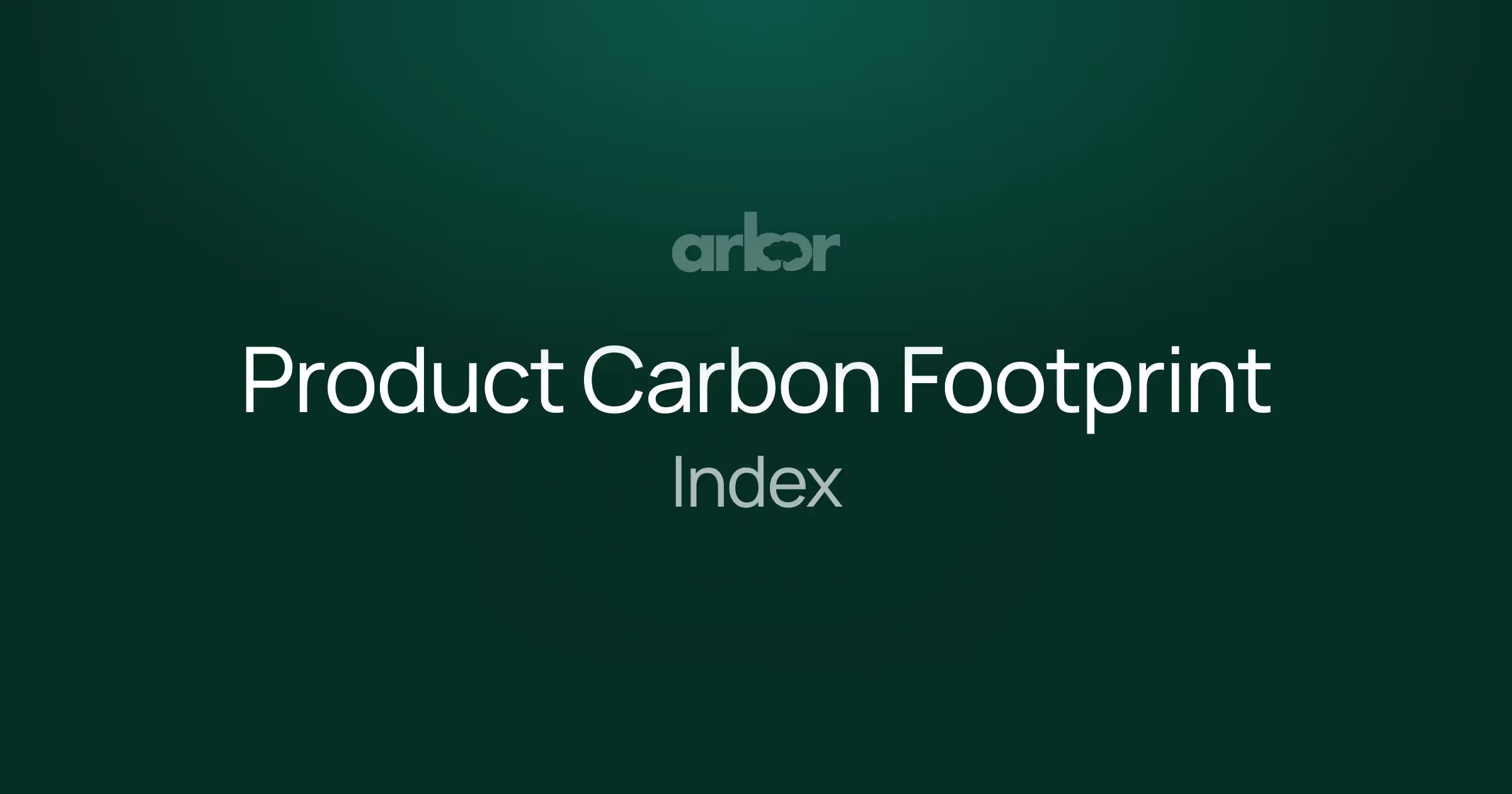
%20Arbor.avif)
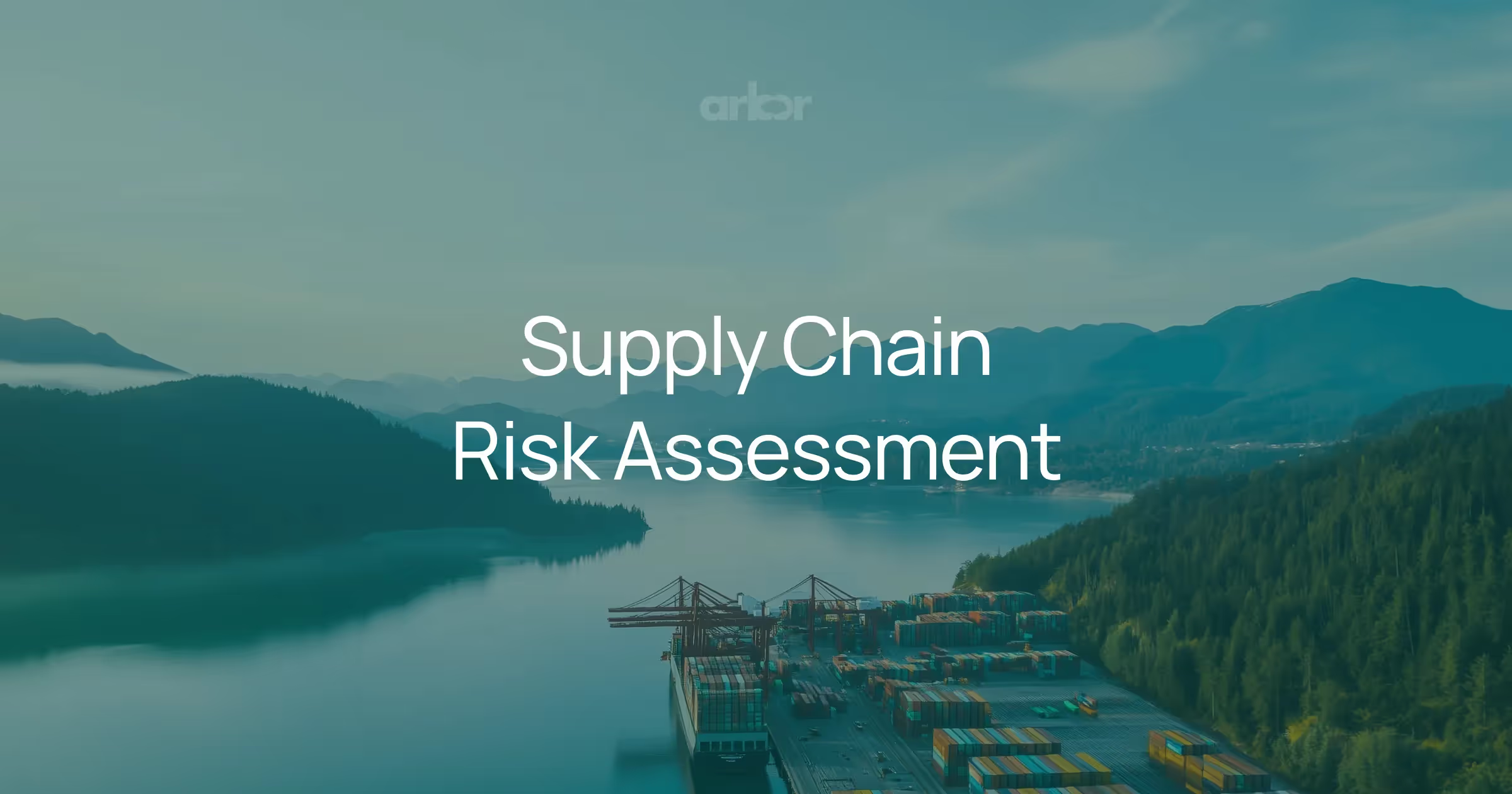
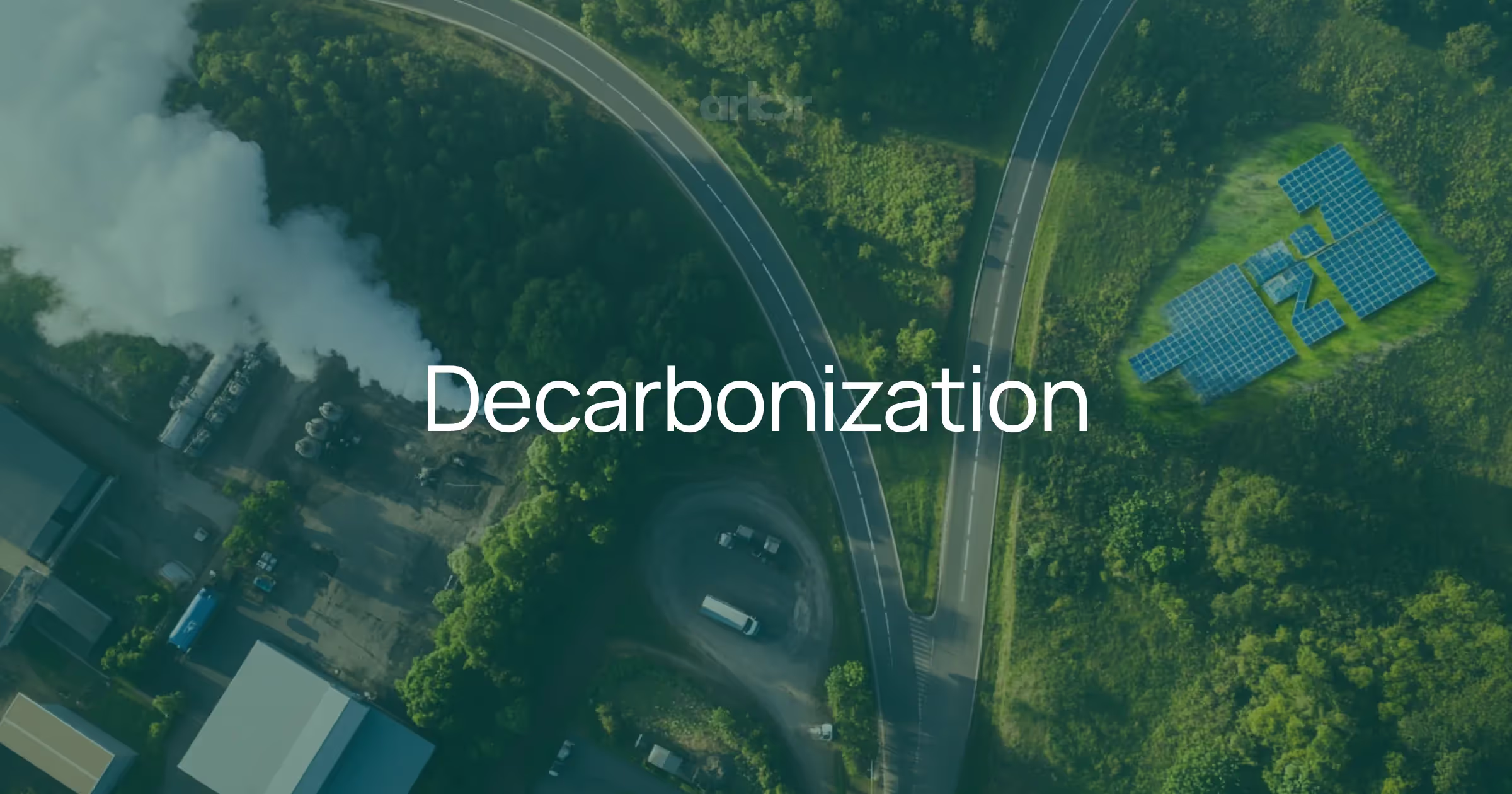
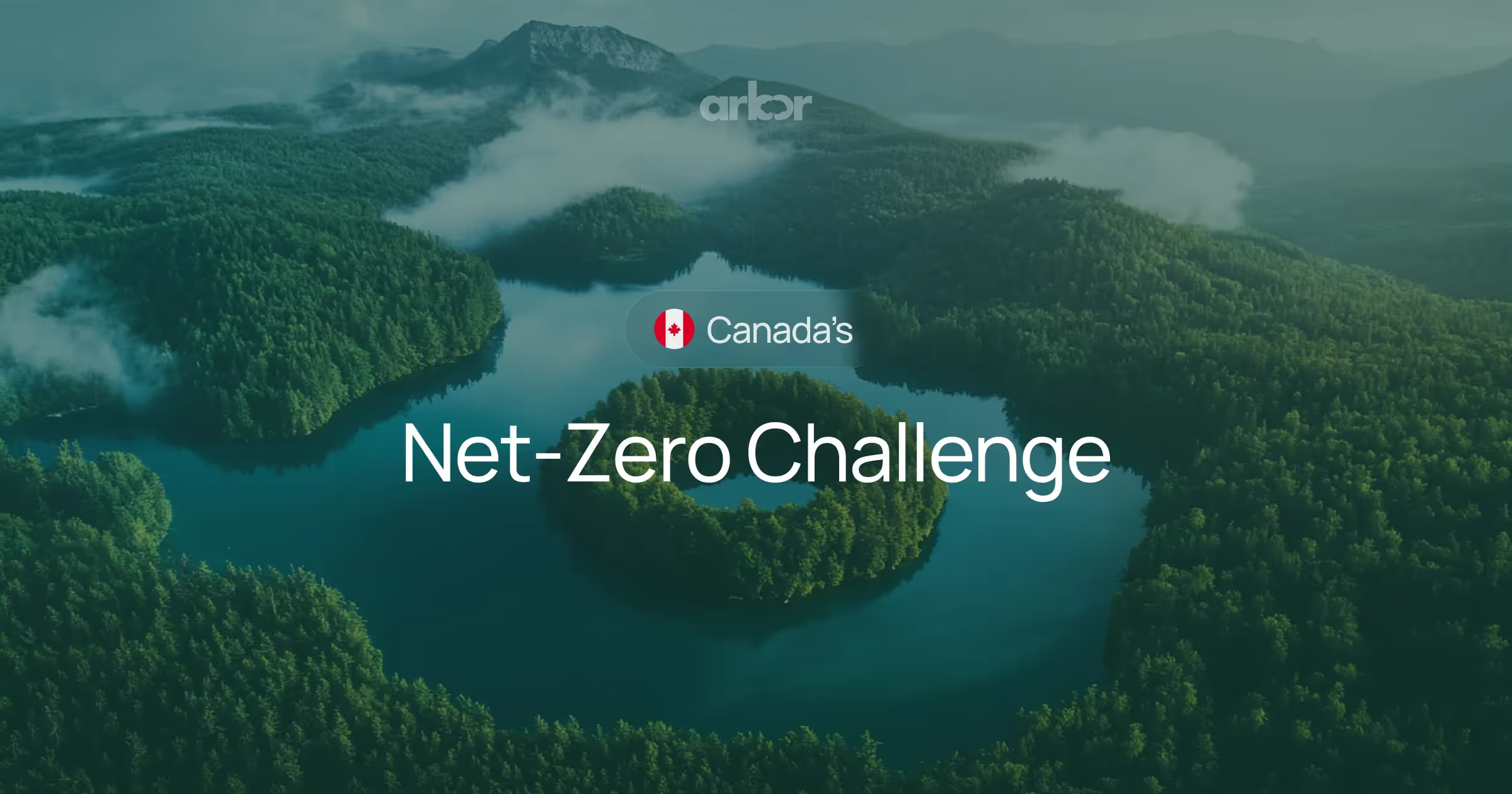
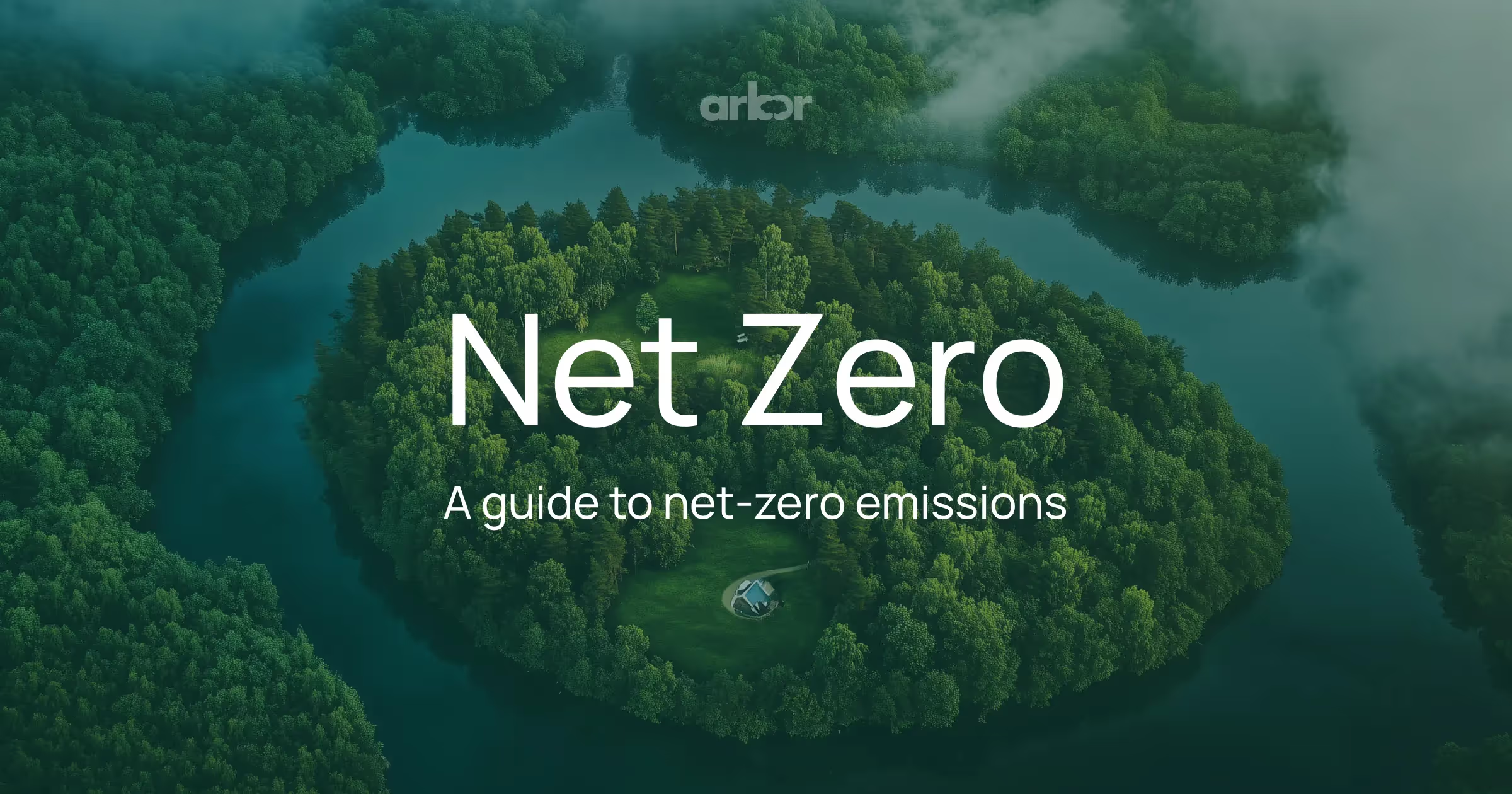
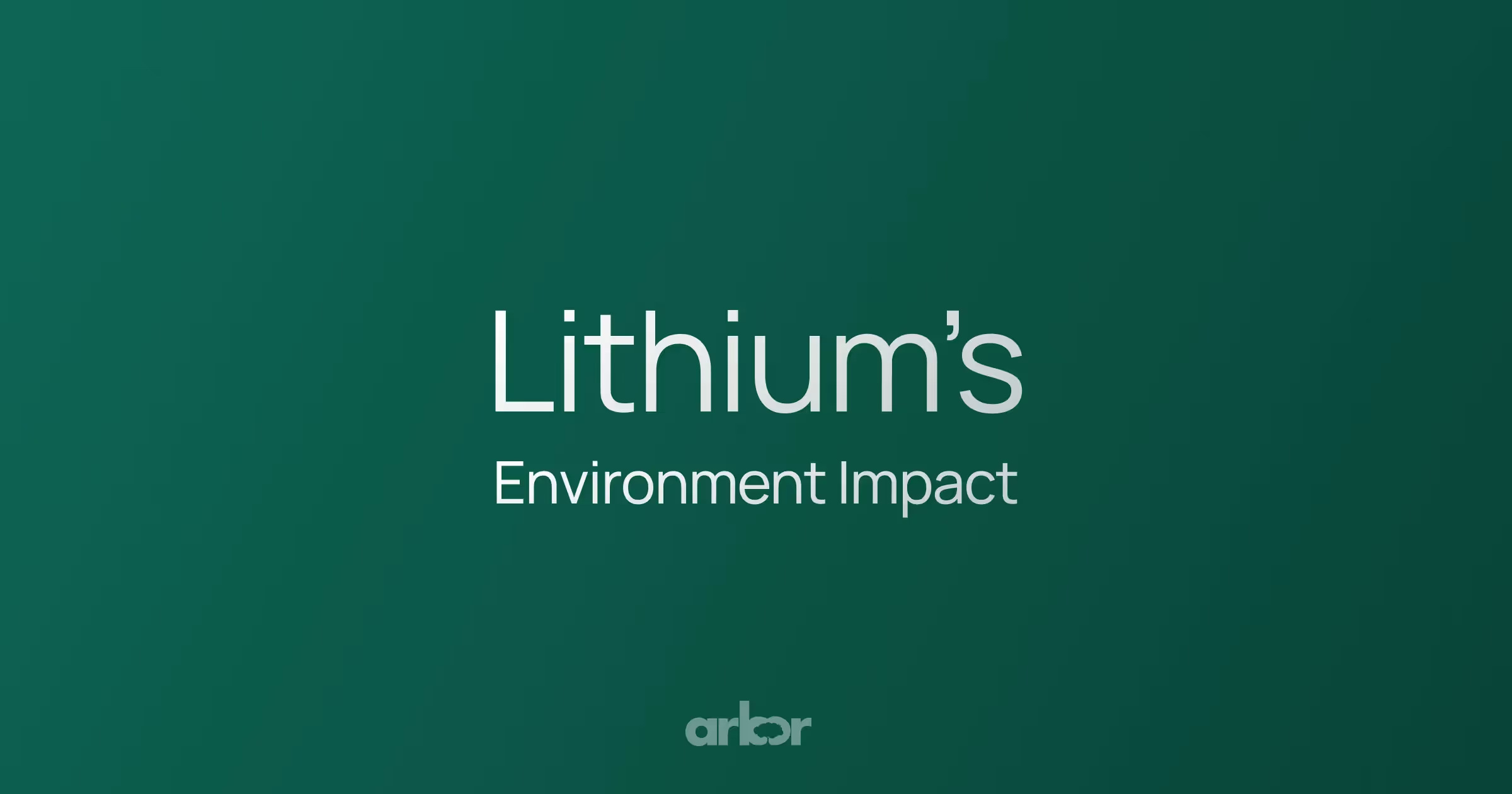
%20Arbor.avif)
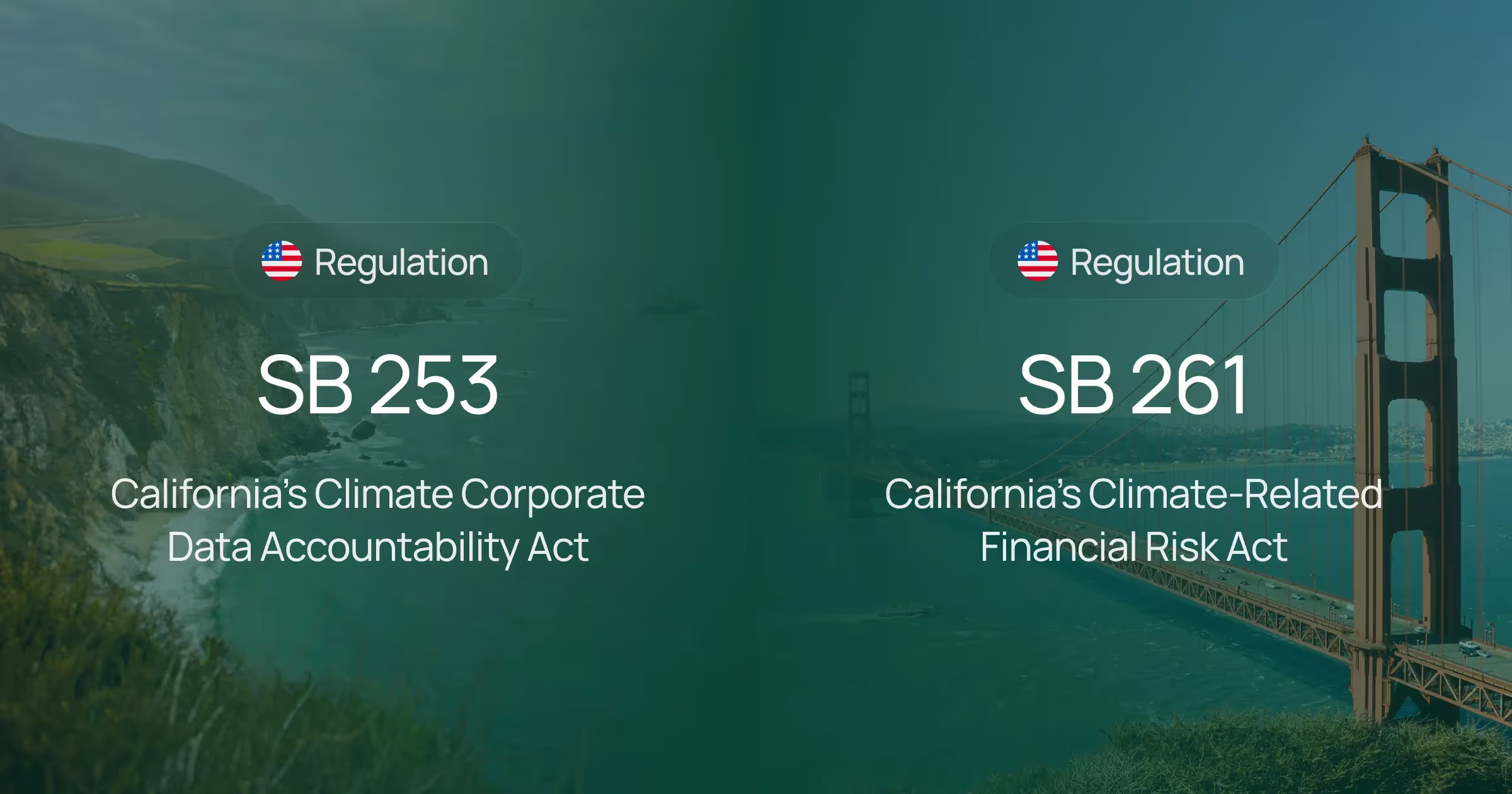

.avif)

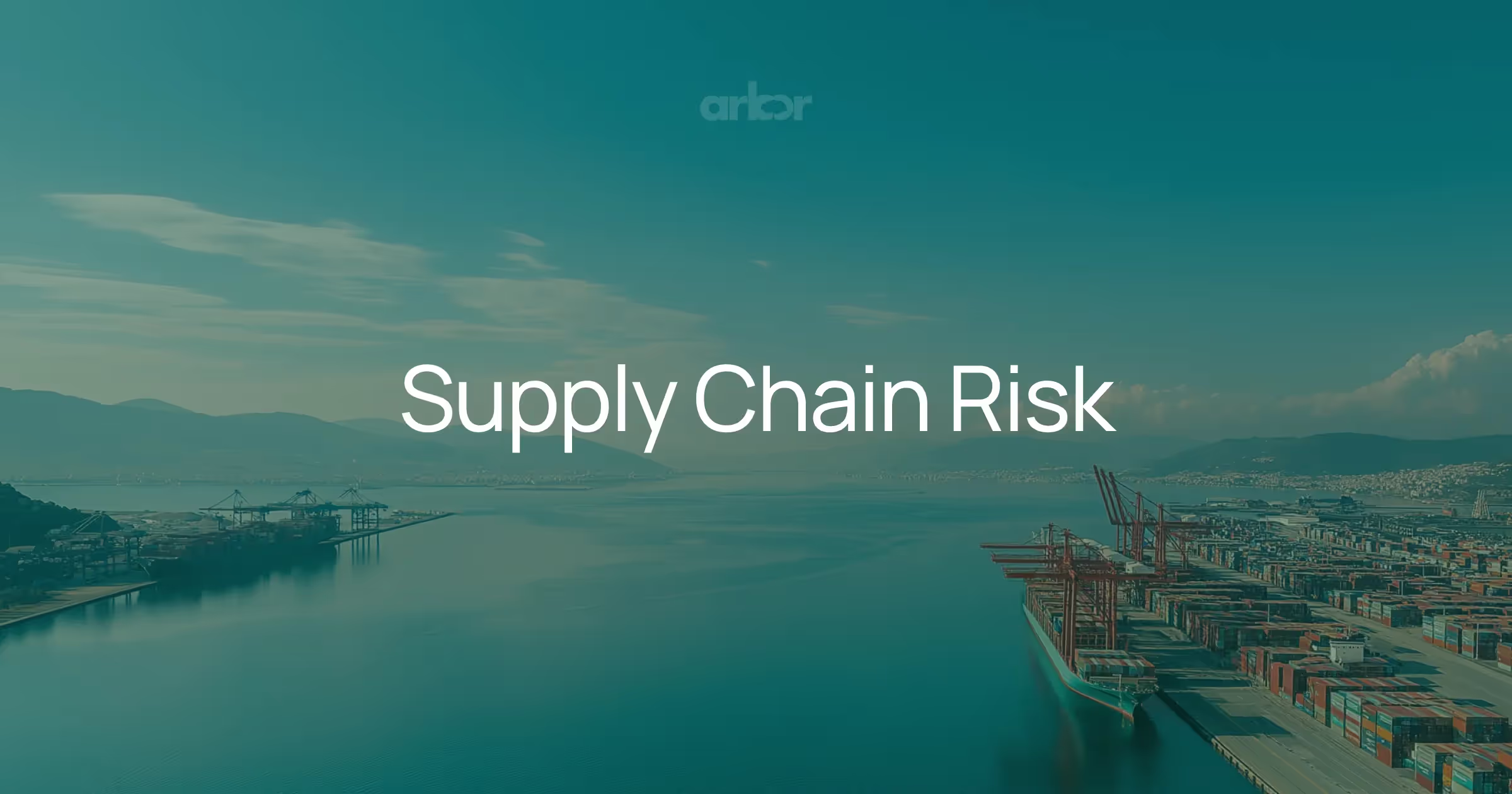
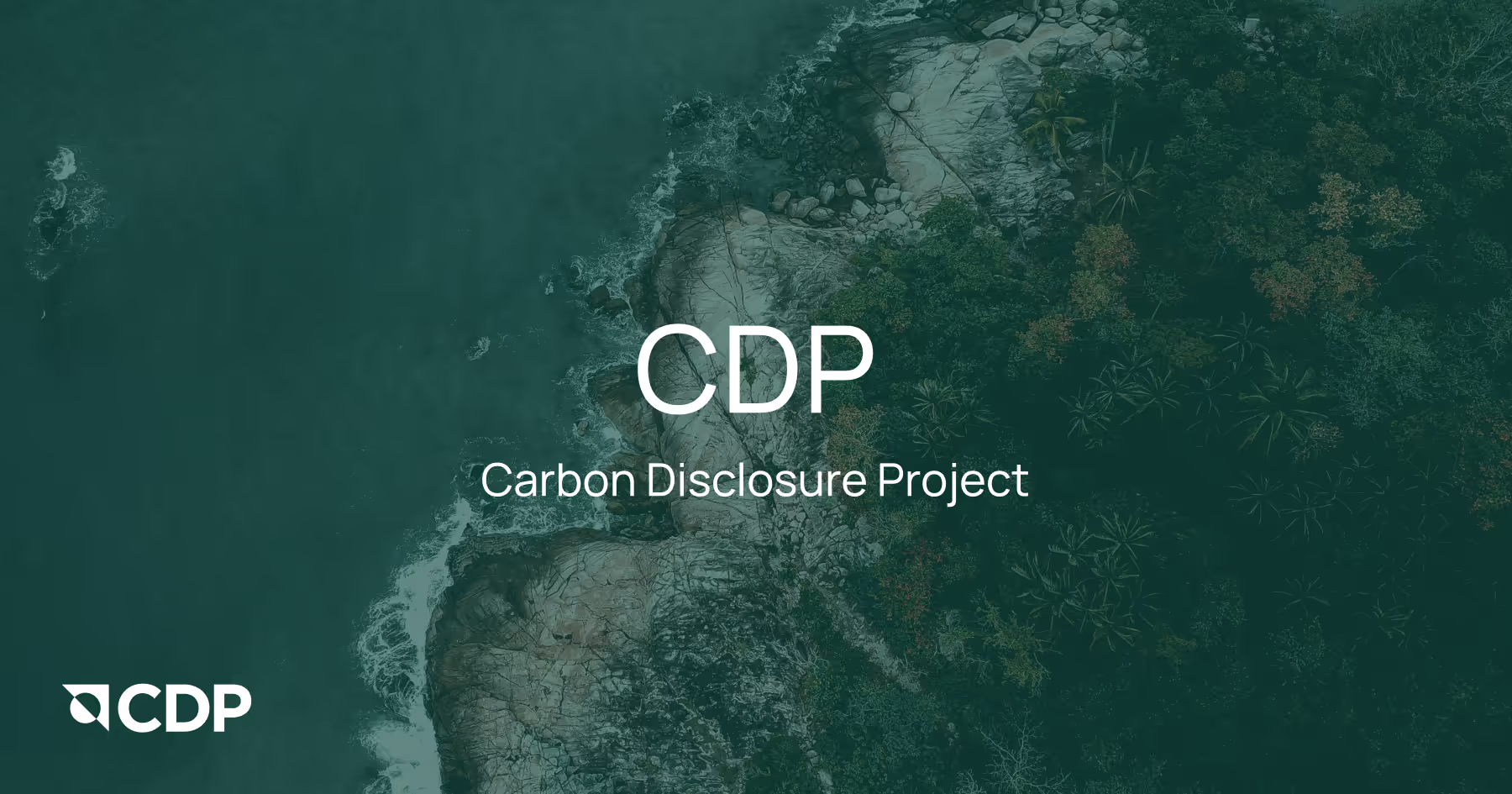
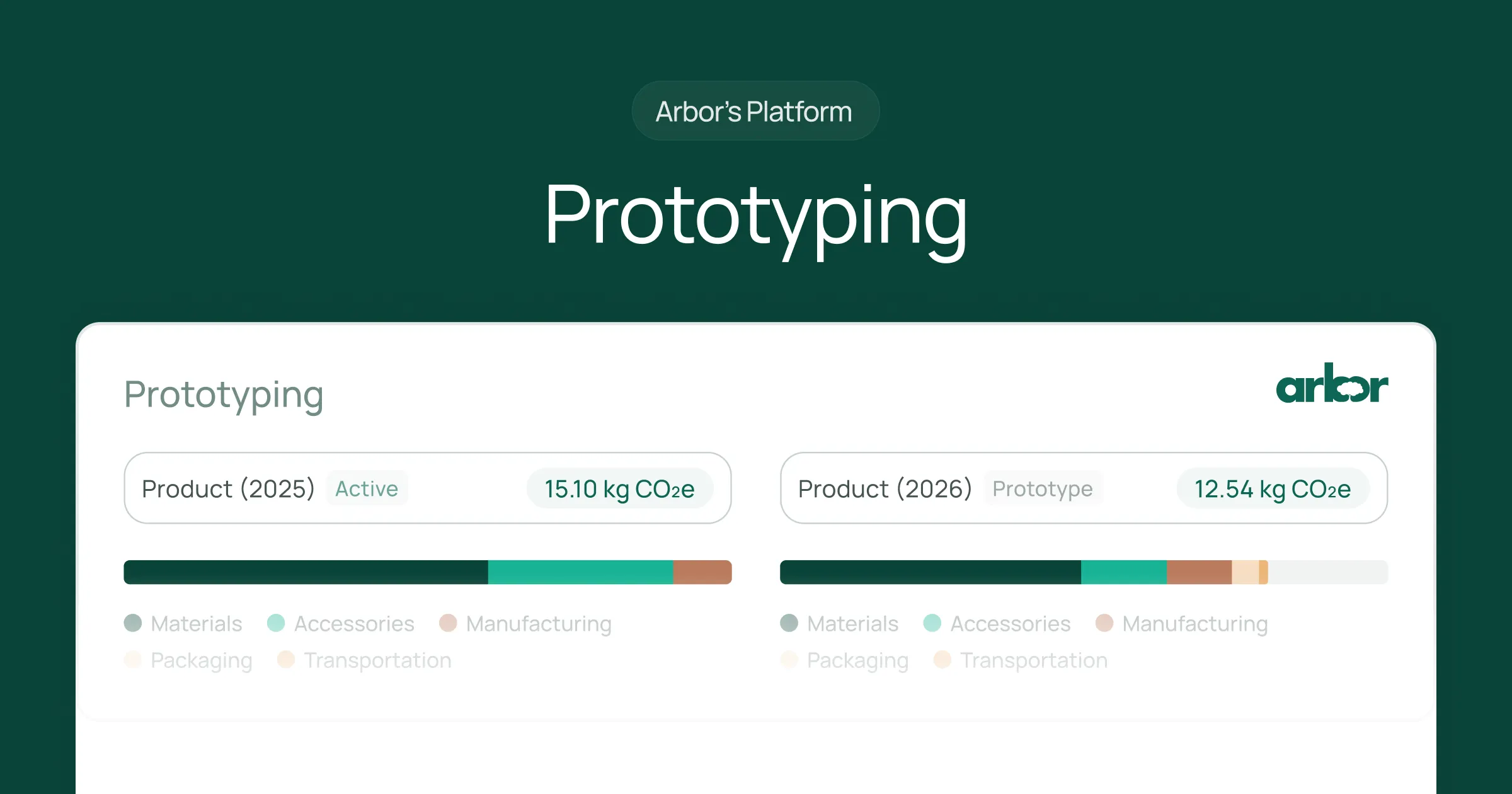
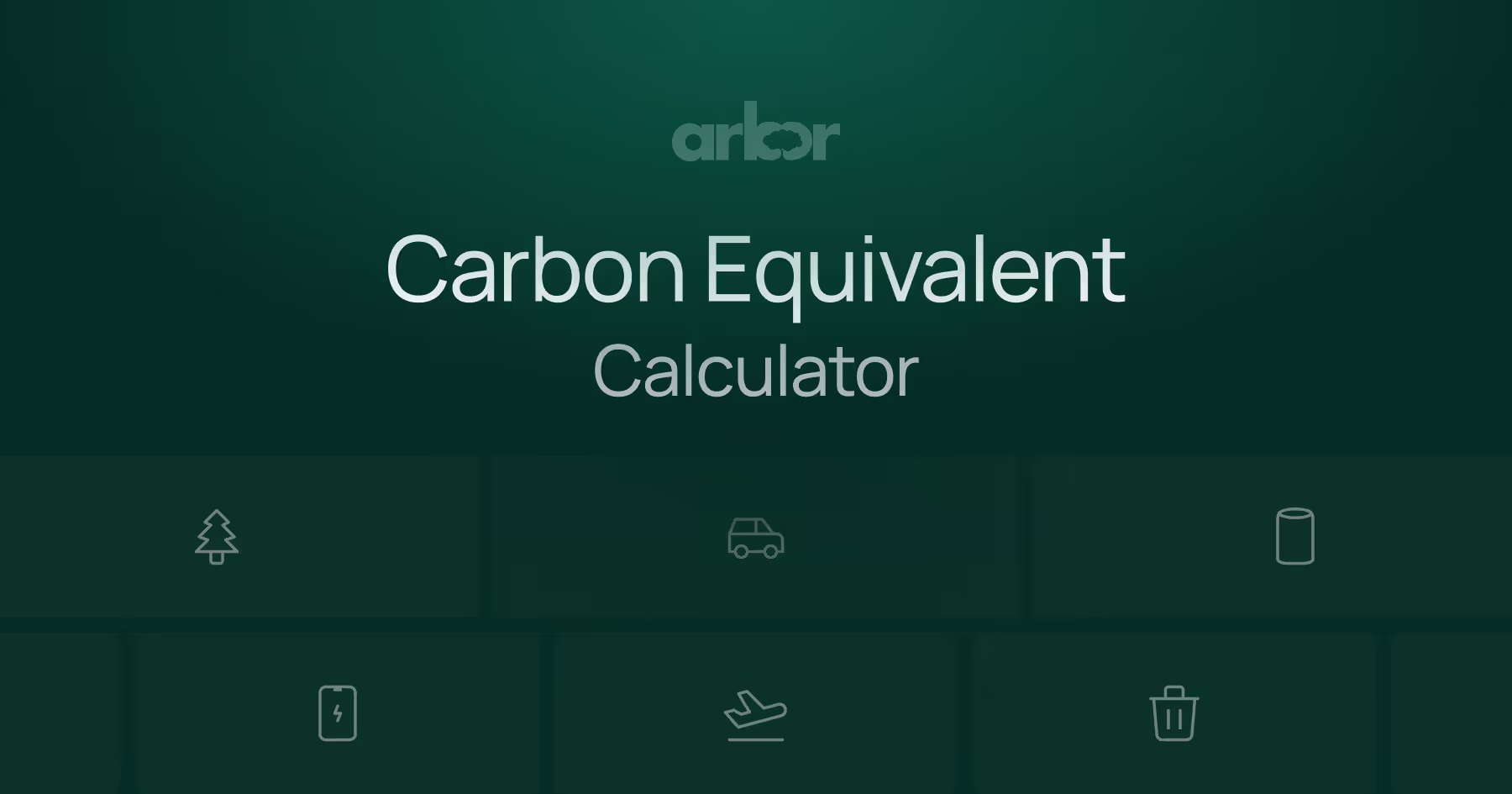
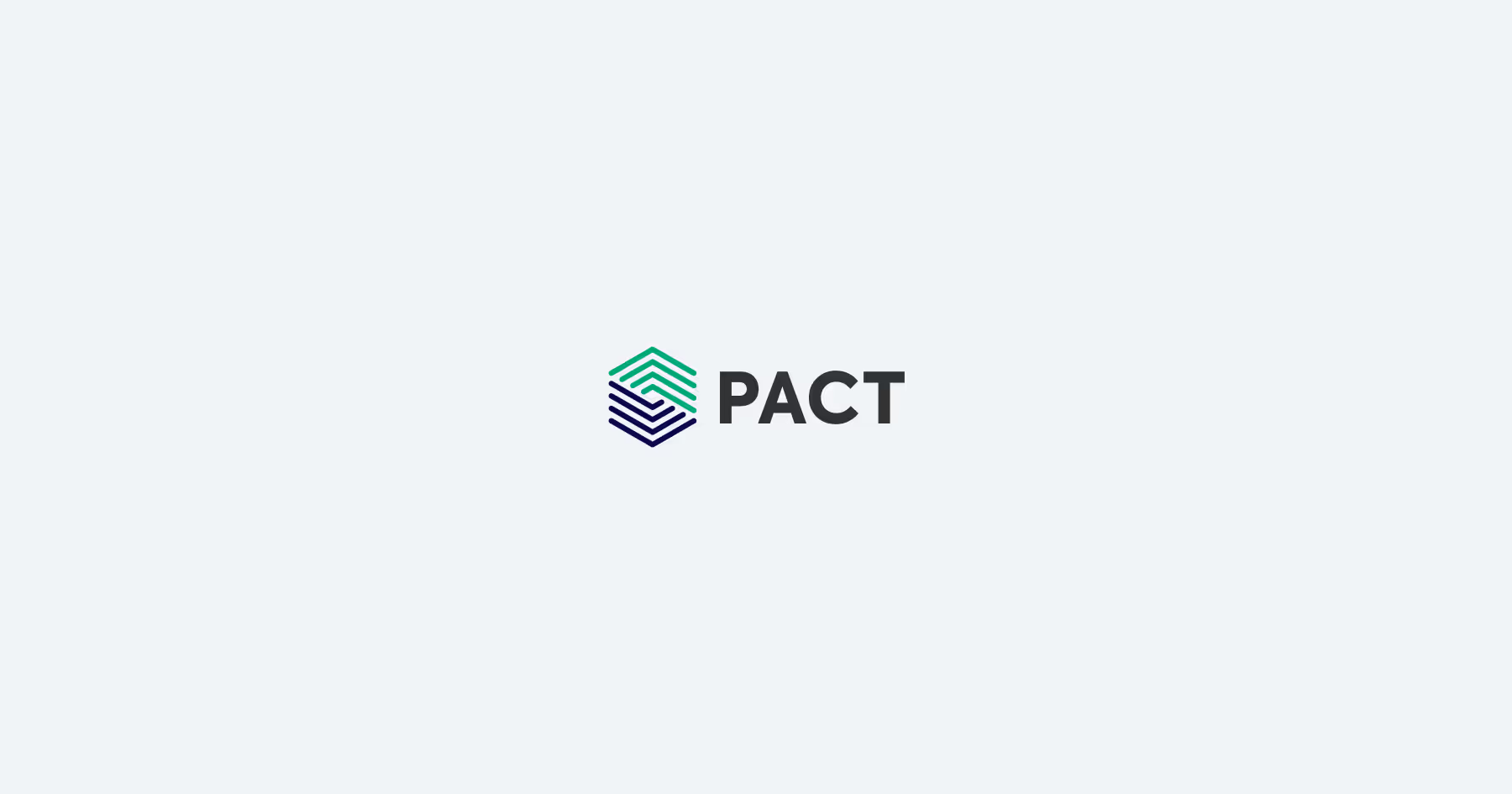
%20Arbor%20Canada.avif)
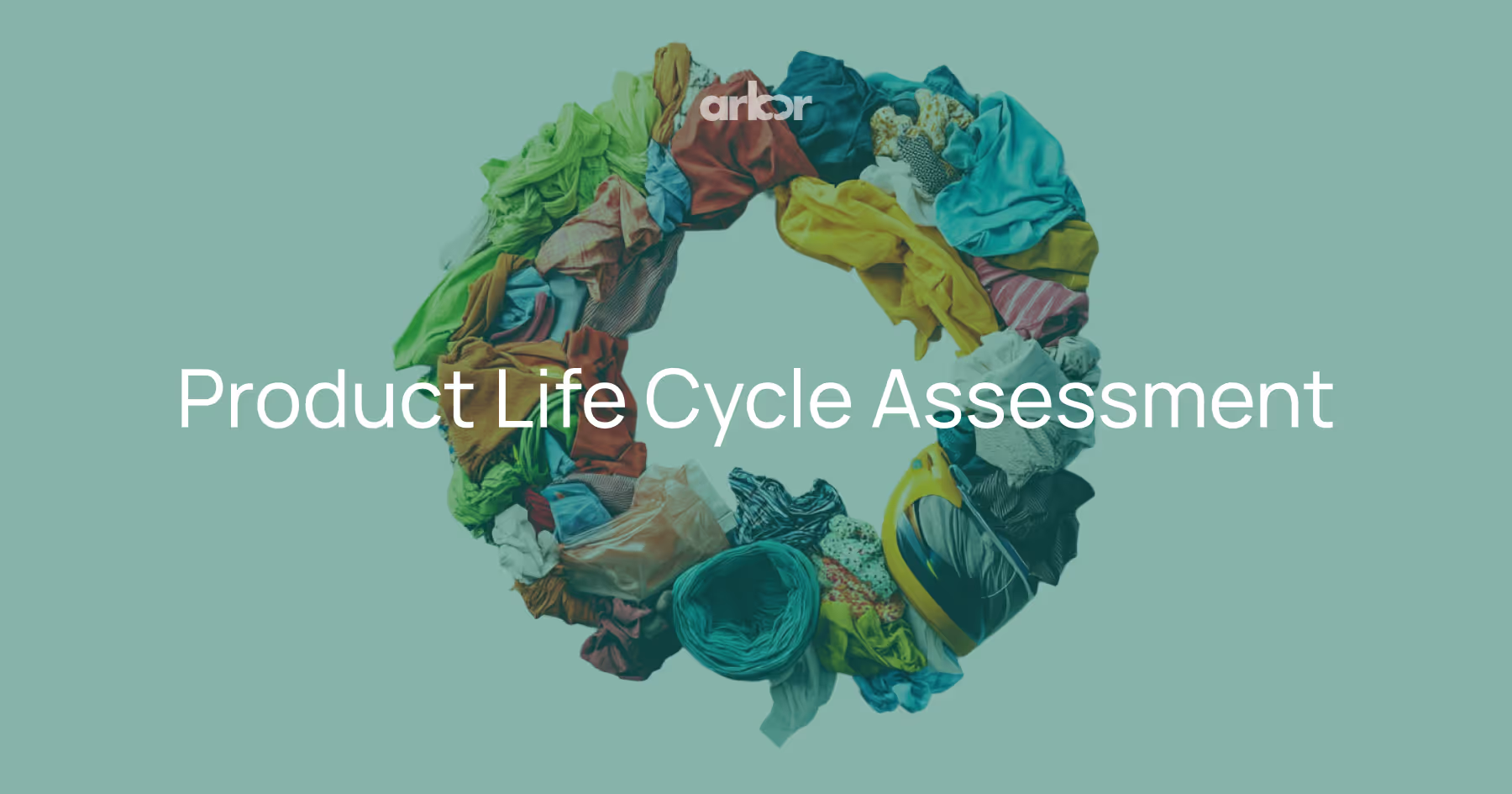
.avif)
%20Arbor.avif)
.avif)
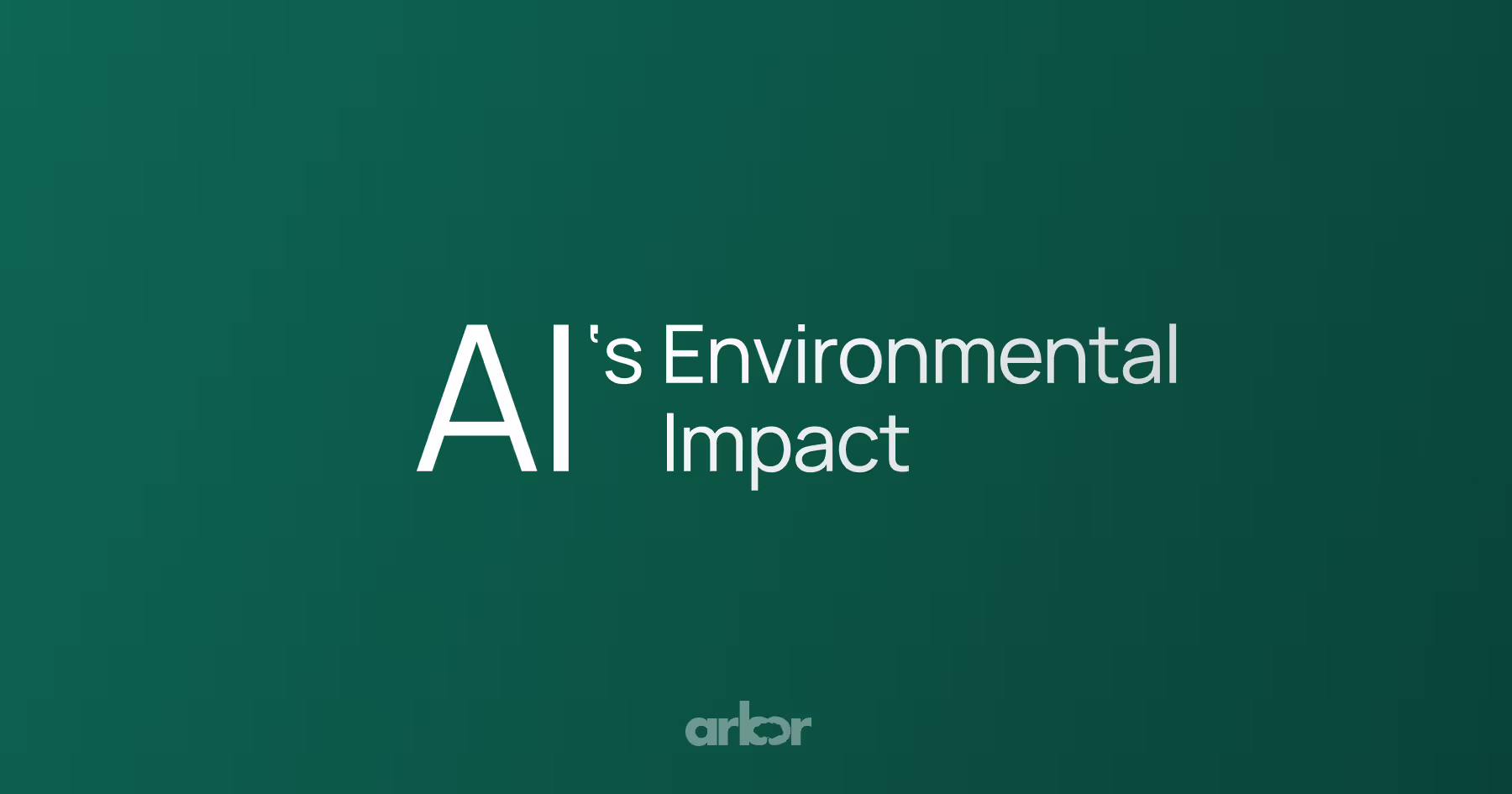
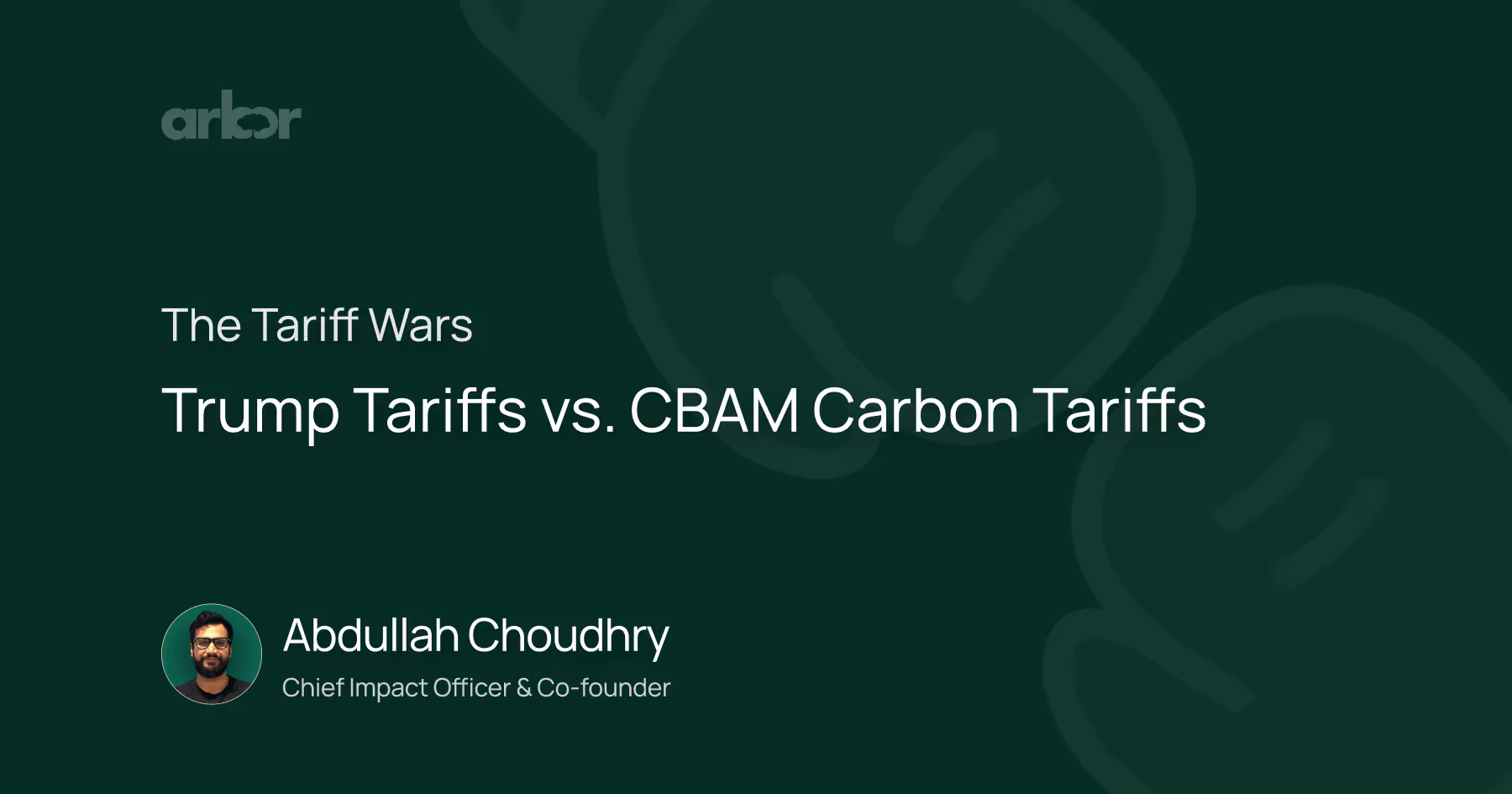
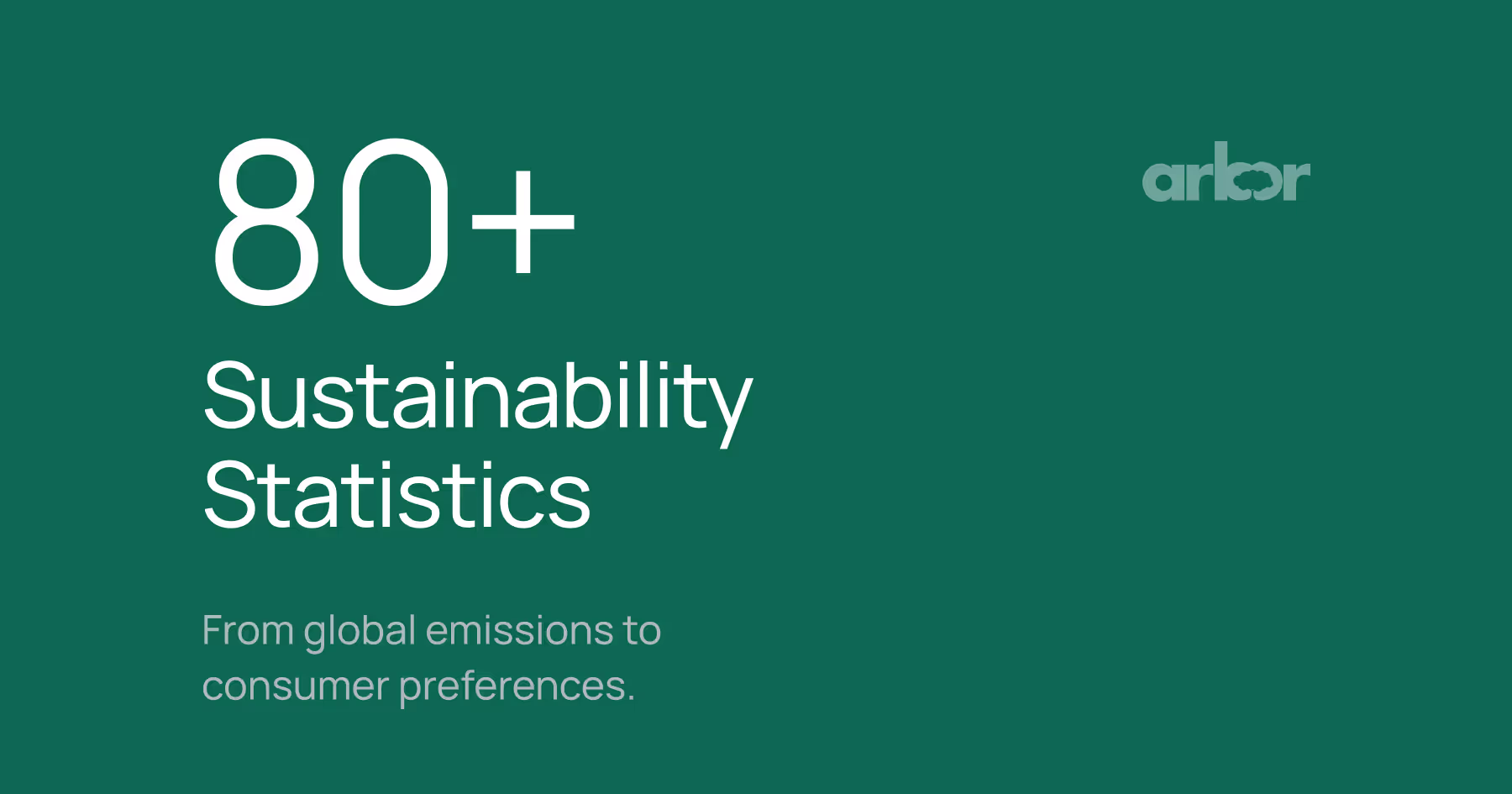
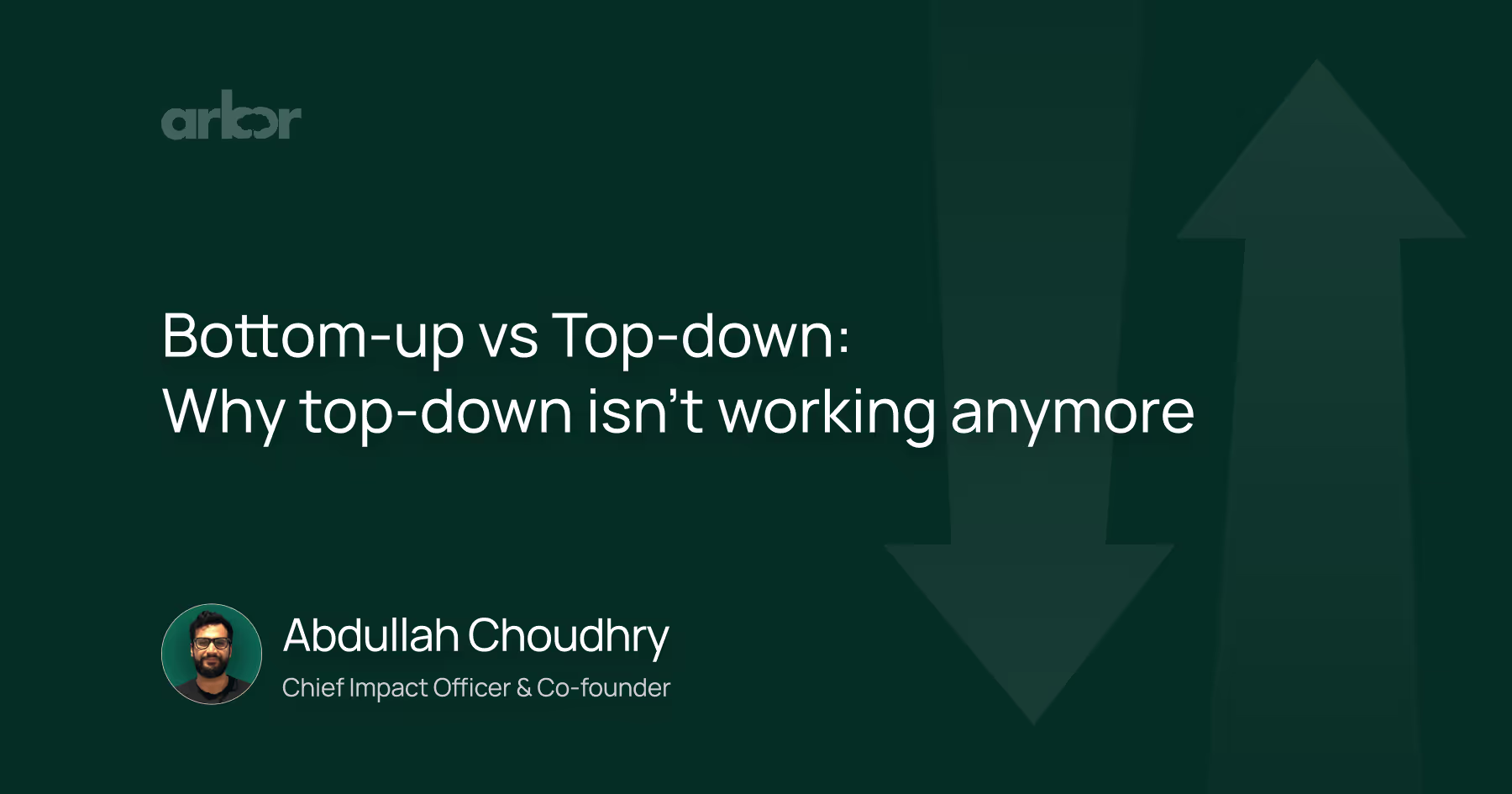
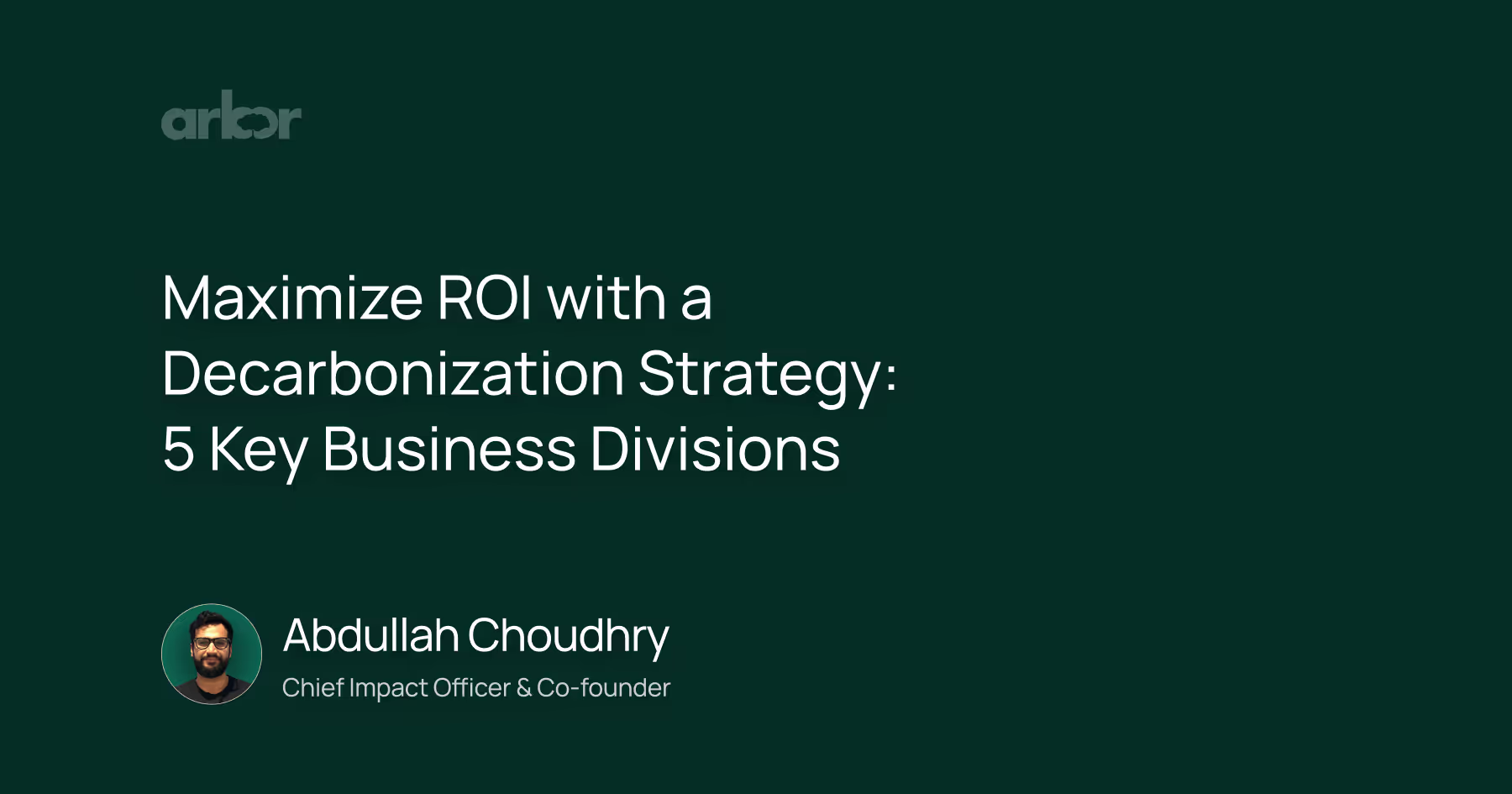

_.avif)
.avif)
%20Arbor.avif)




%20Software%20and%20Tools.avif)





.avif)
.avif)
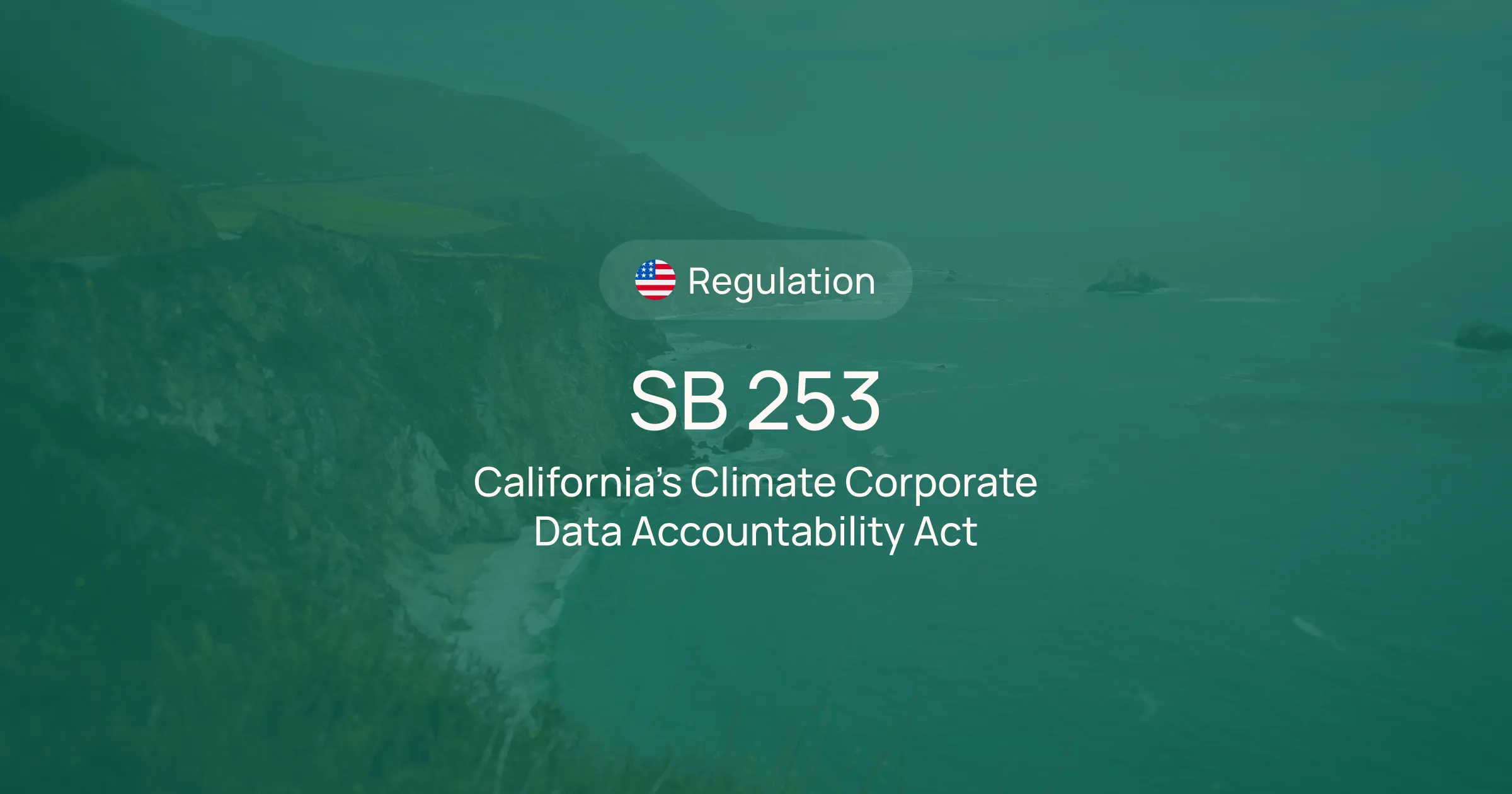



%20EU%20Regulation.avif)











.avif)


%20Arbor.avif)









_%20_%20Carbon%20101.avif)







.avif)

.avif)
.avif)











